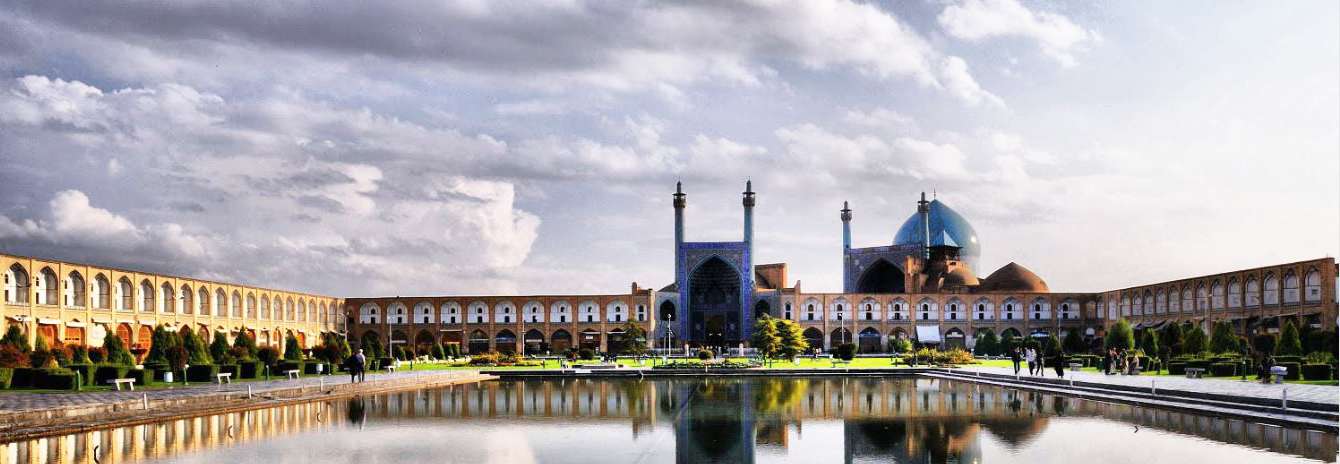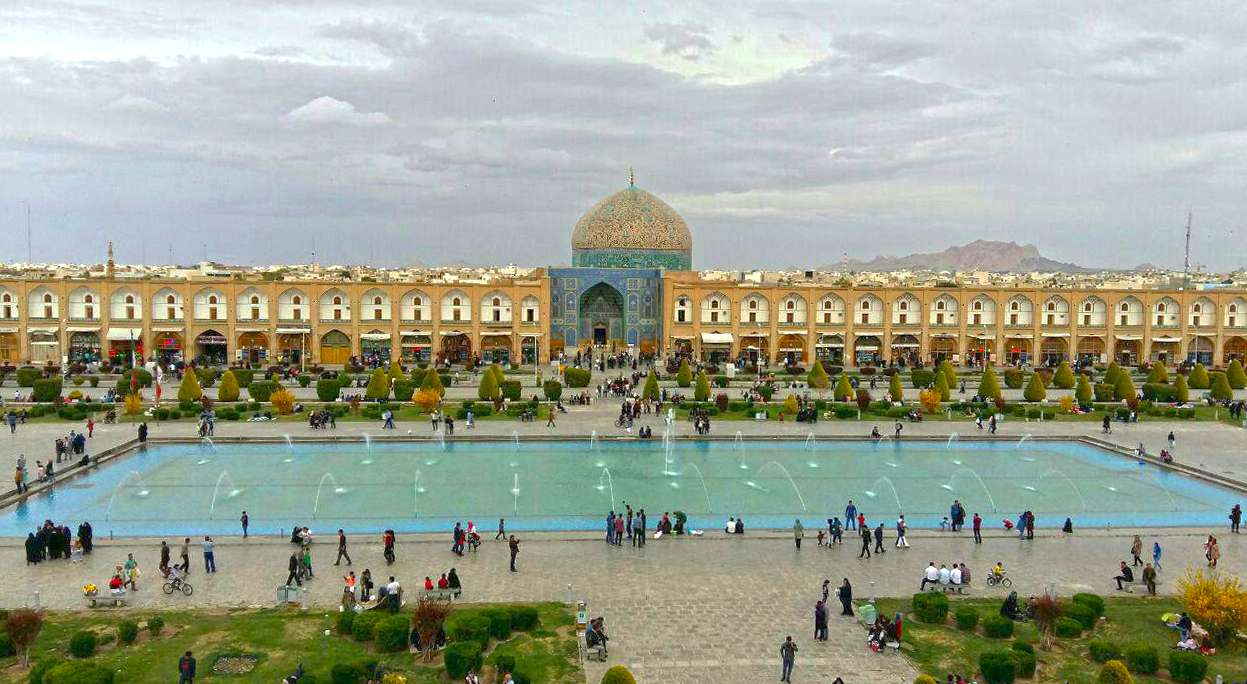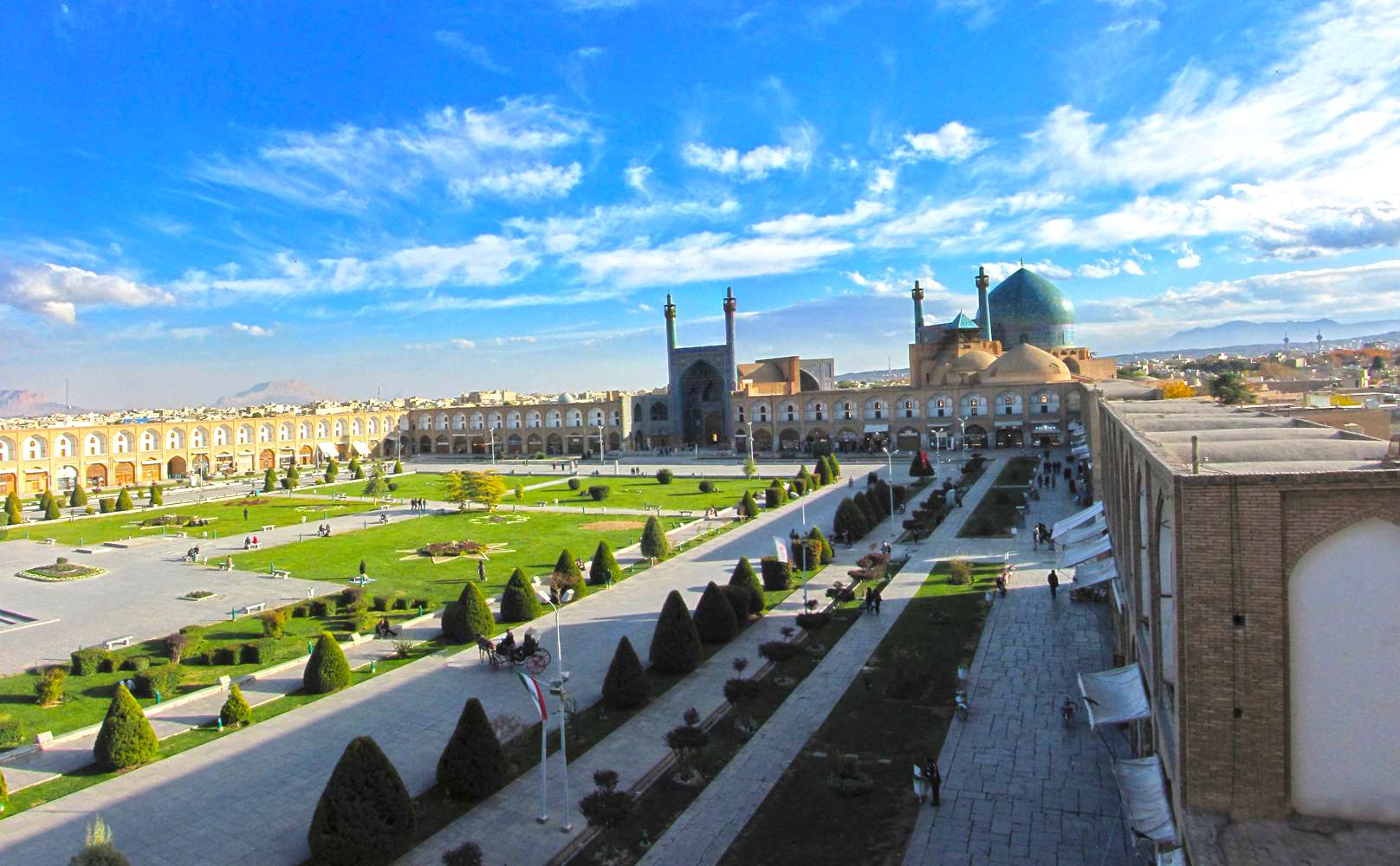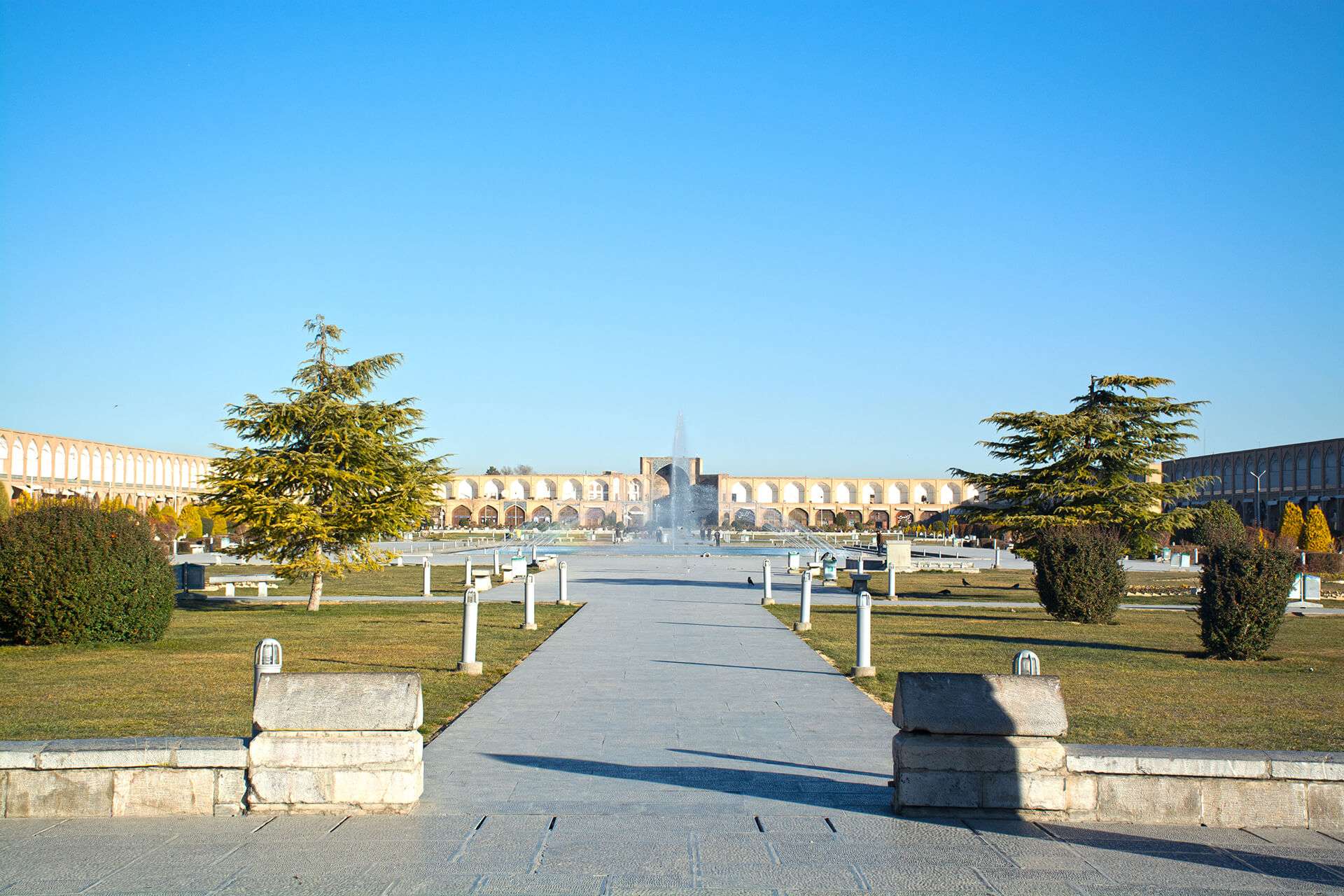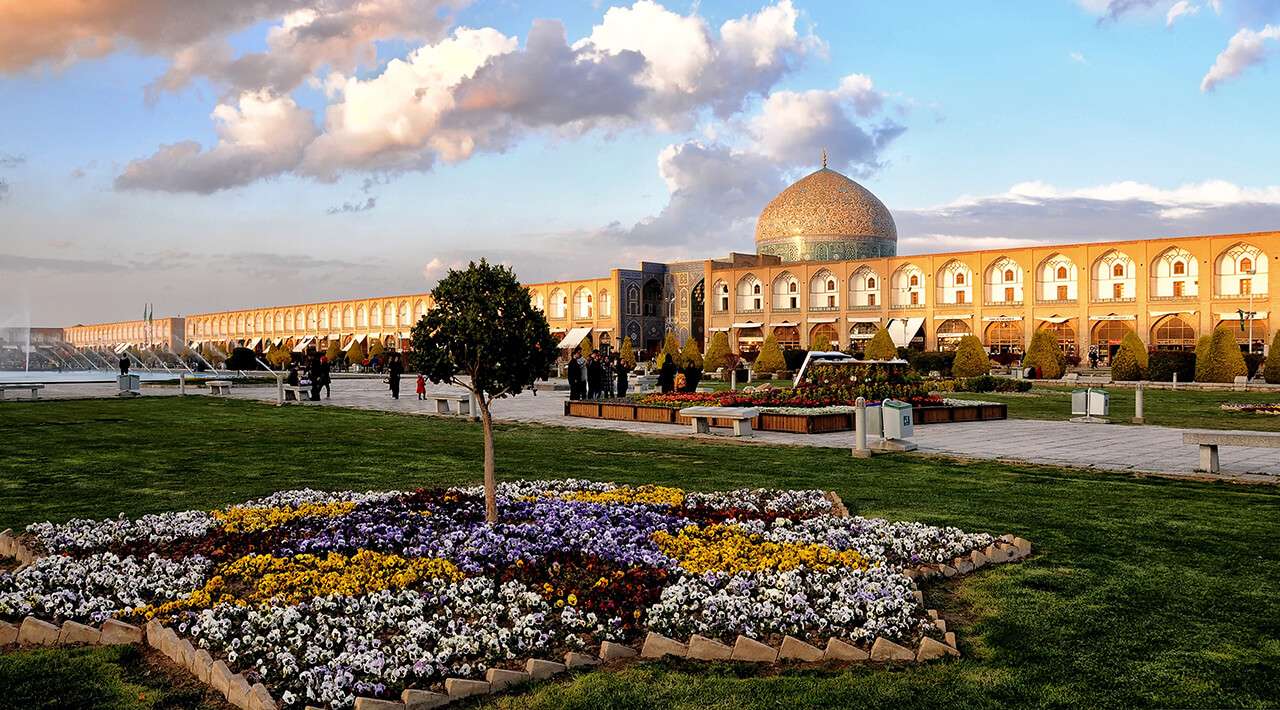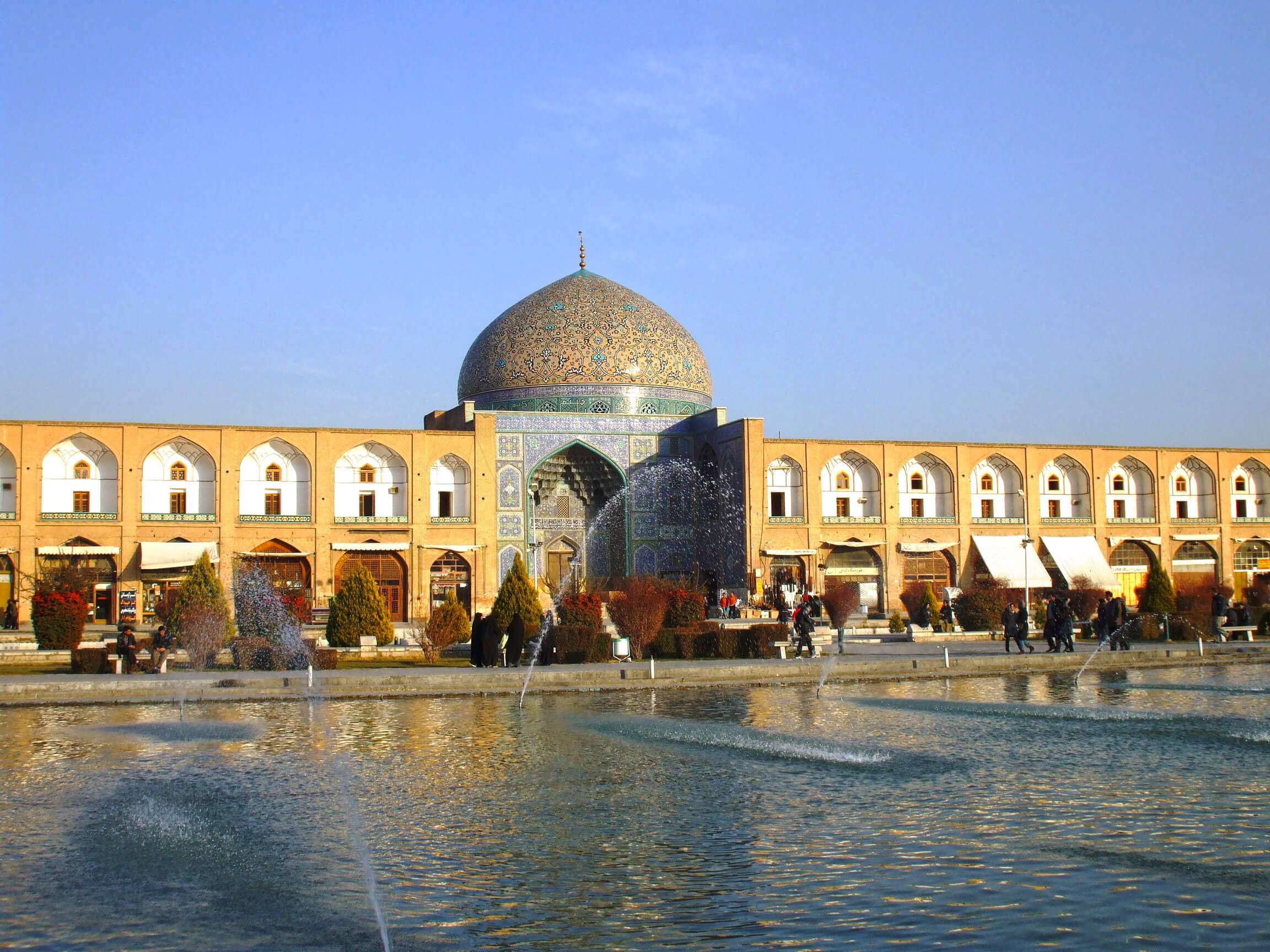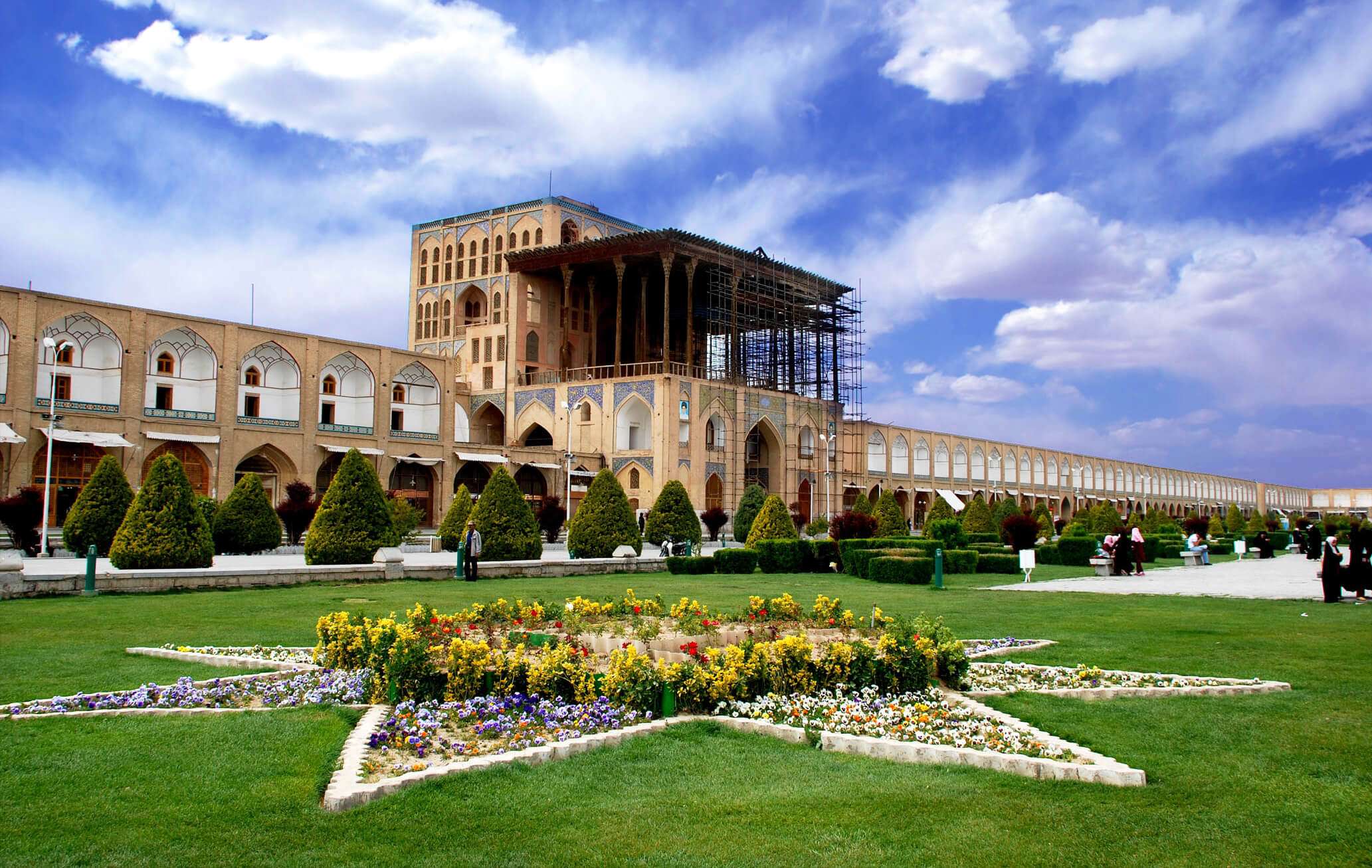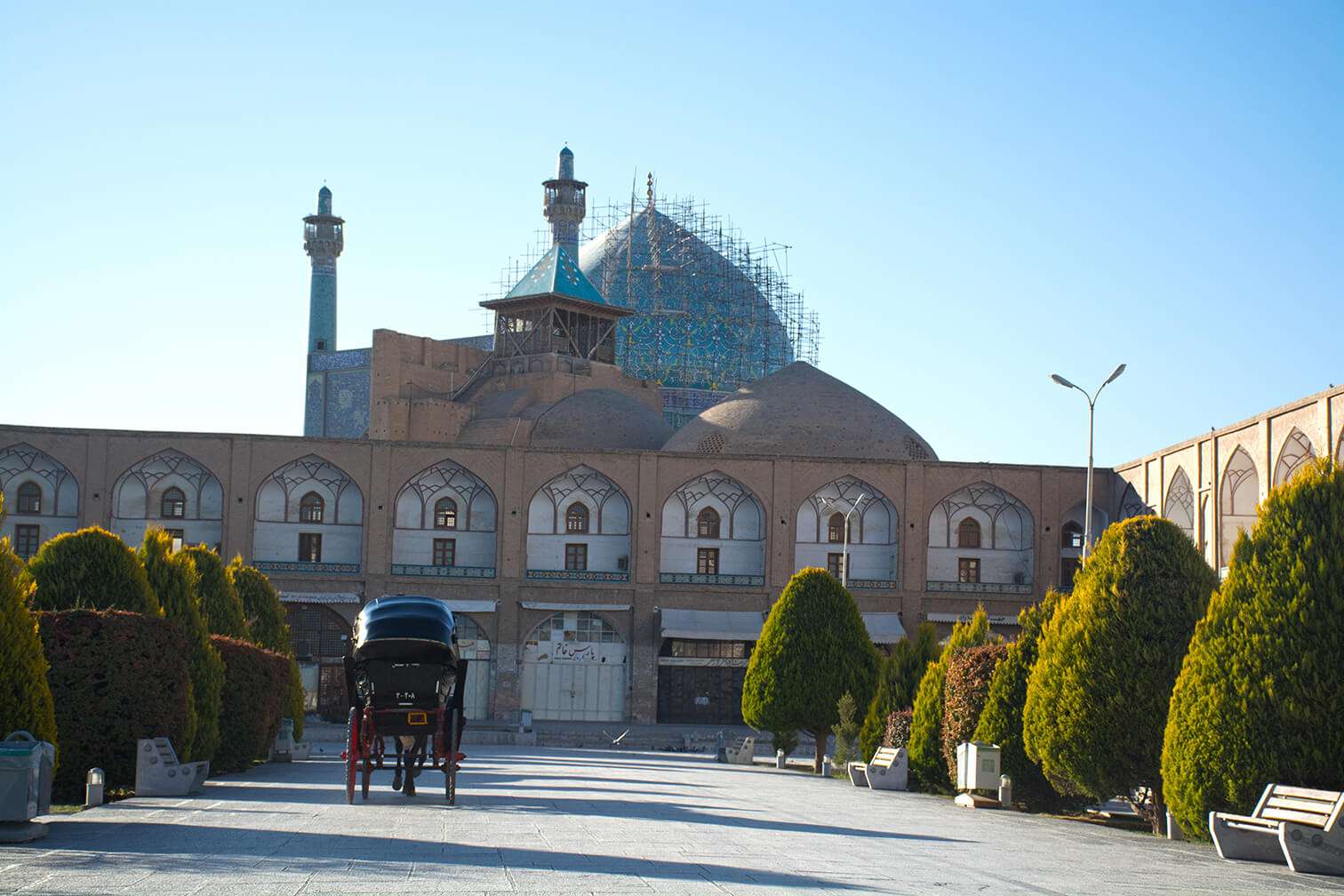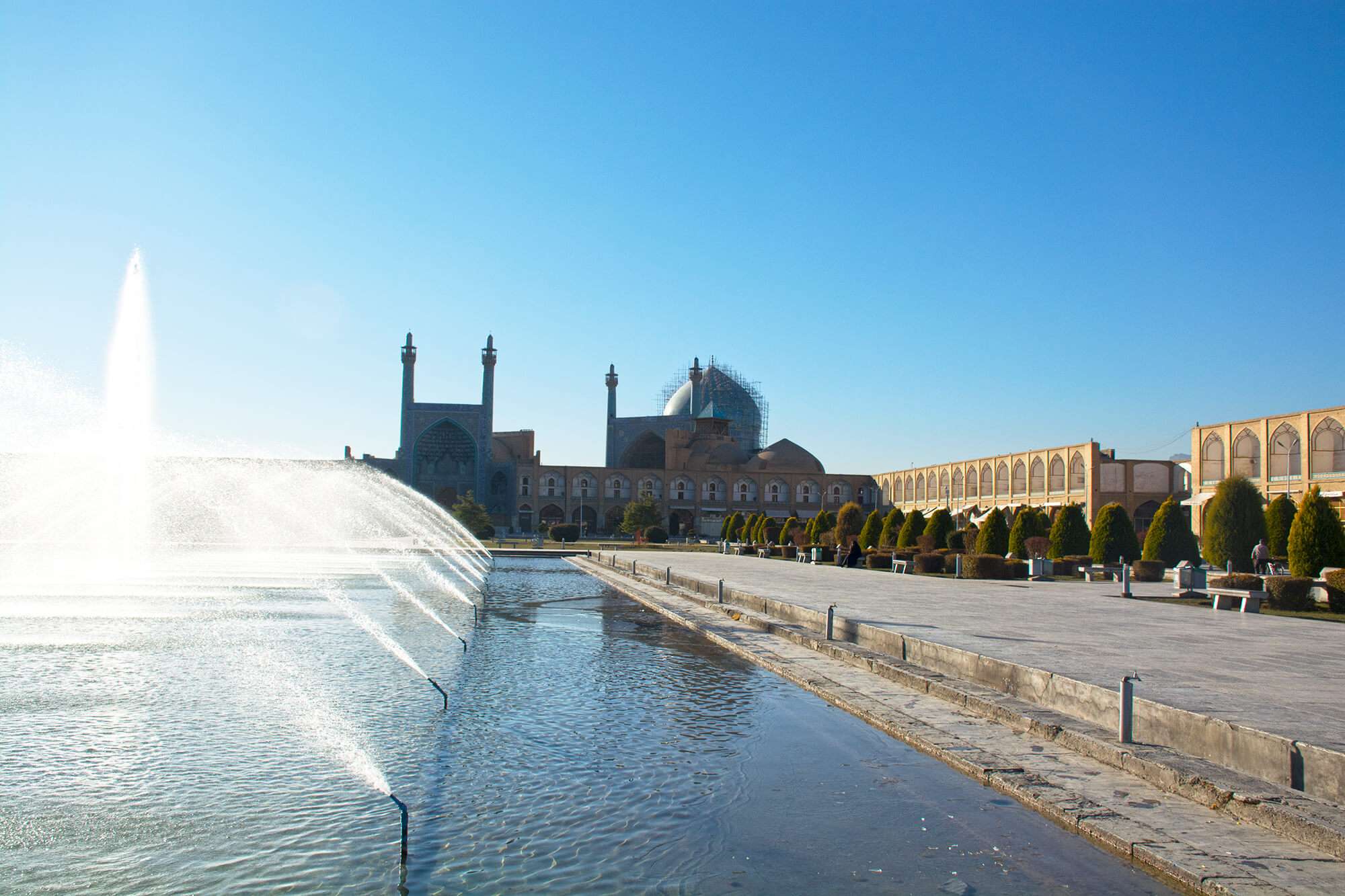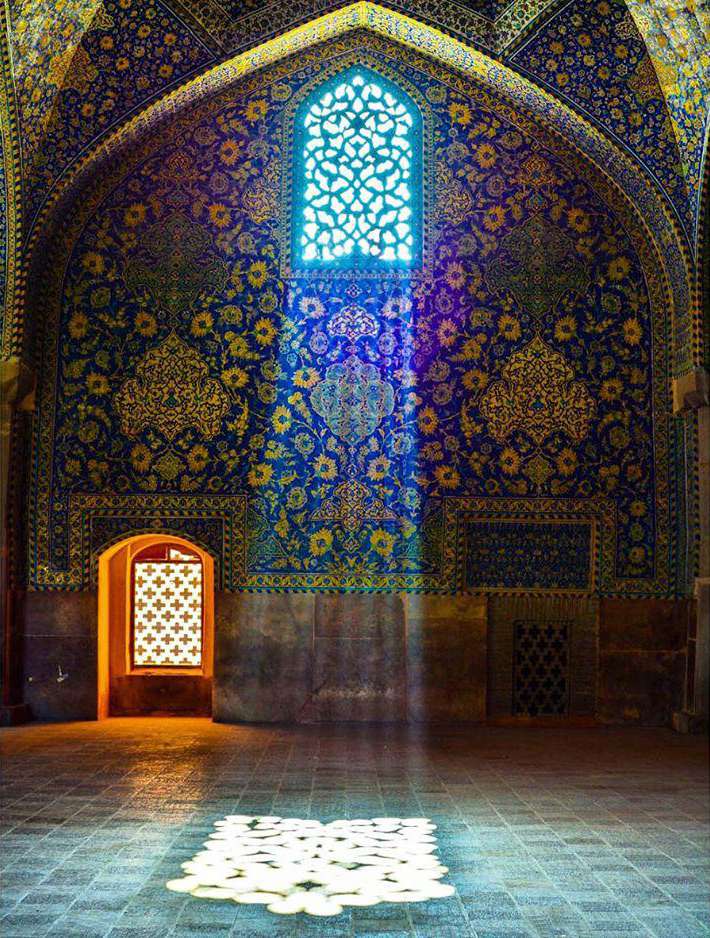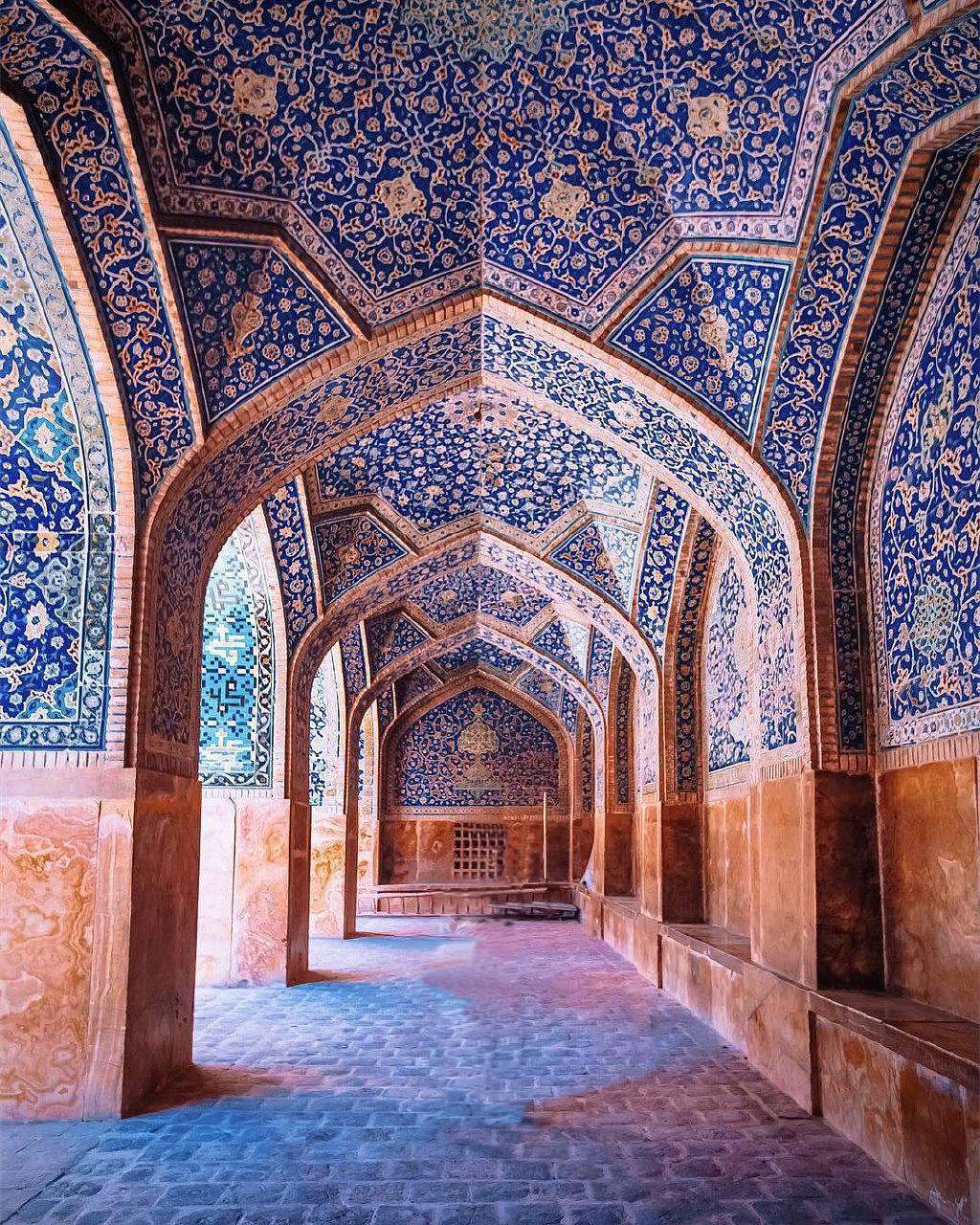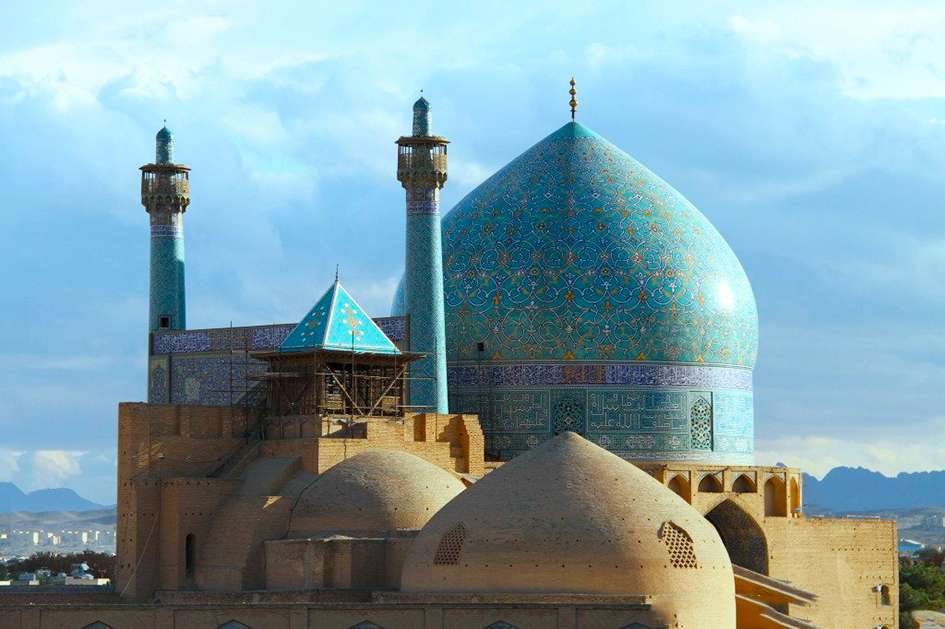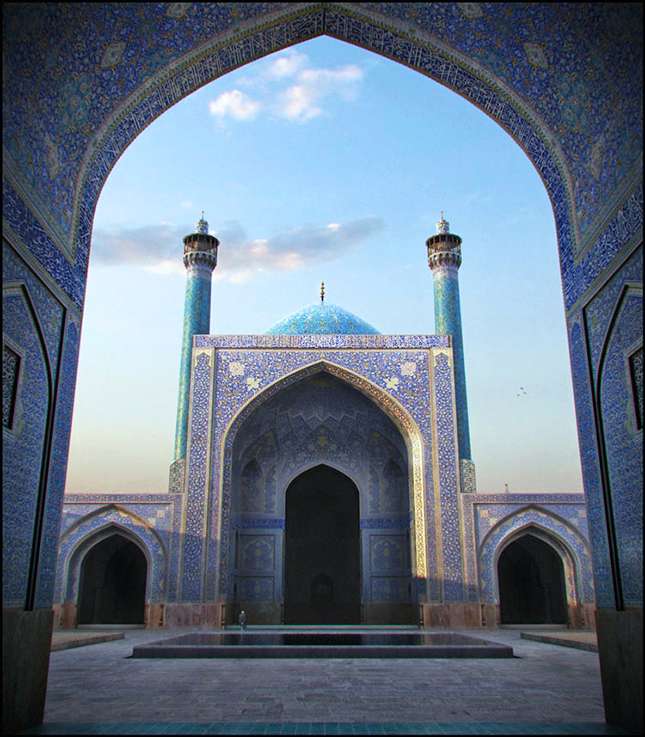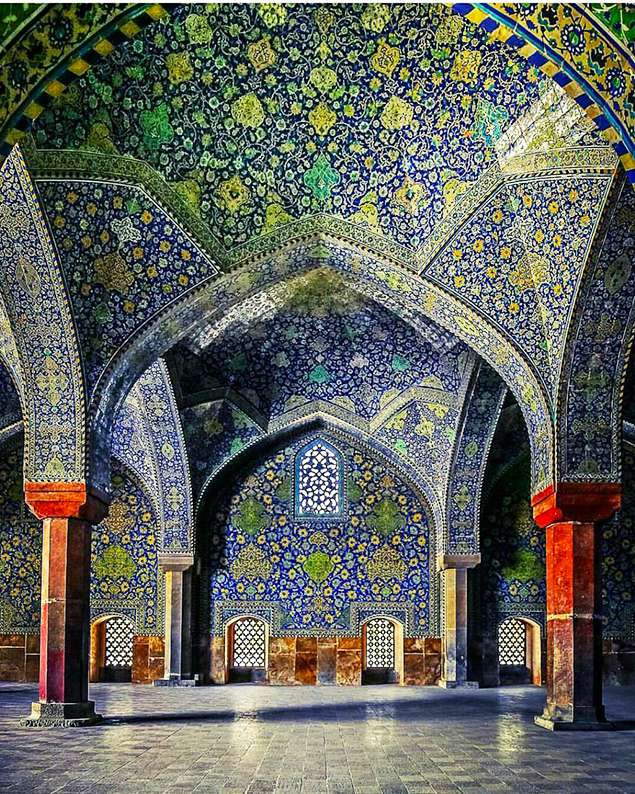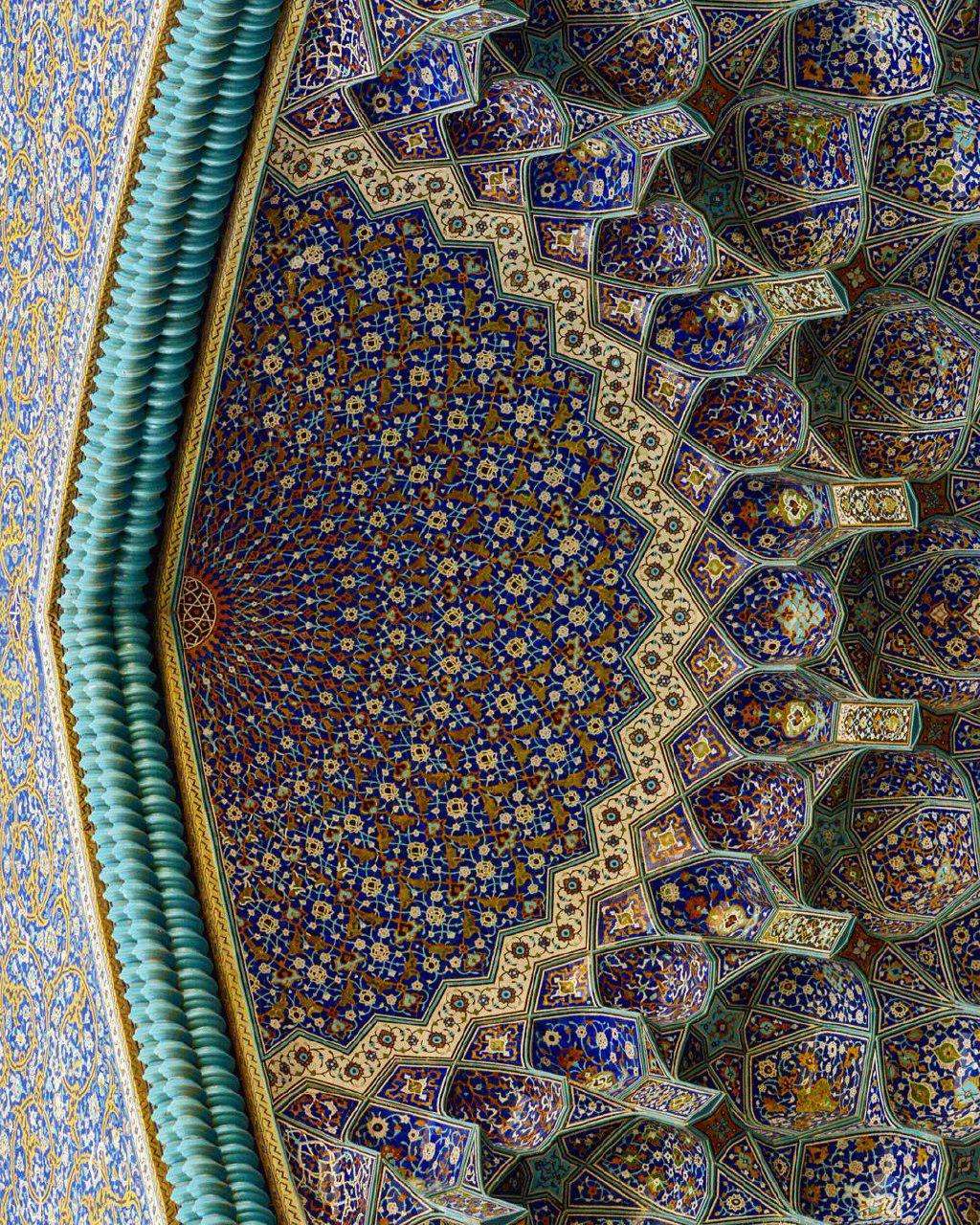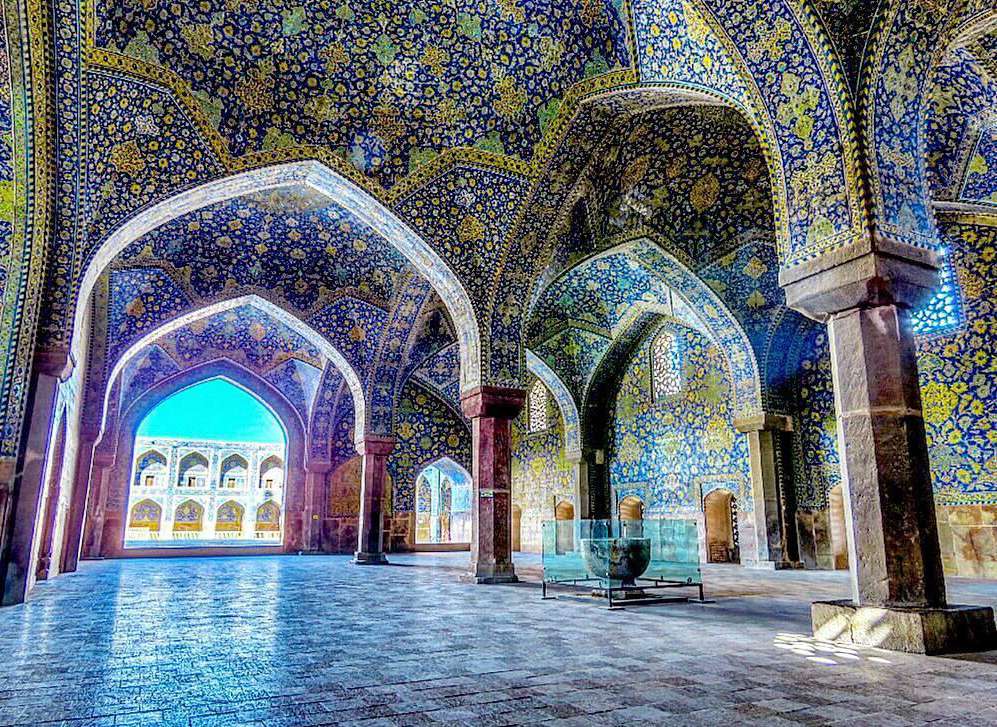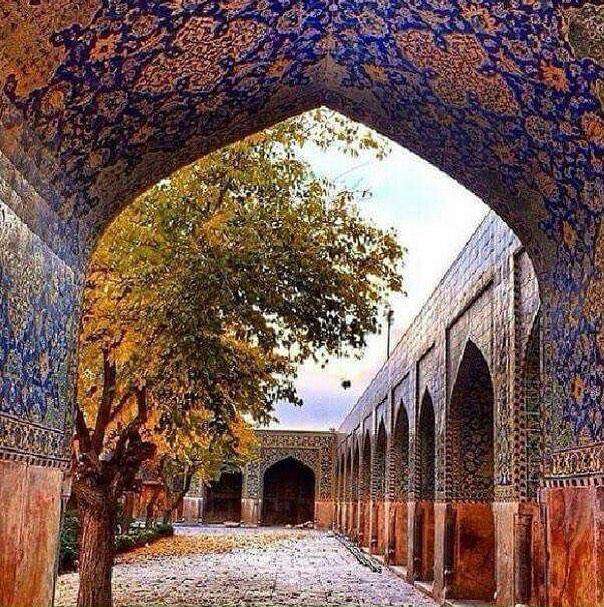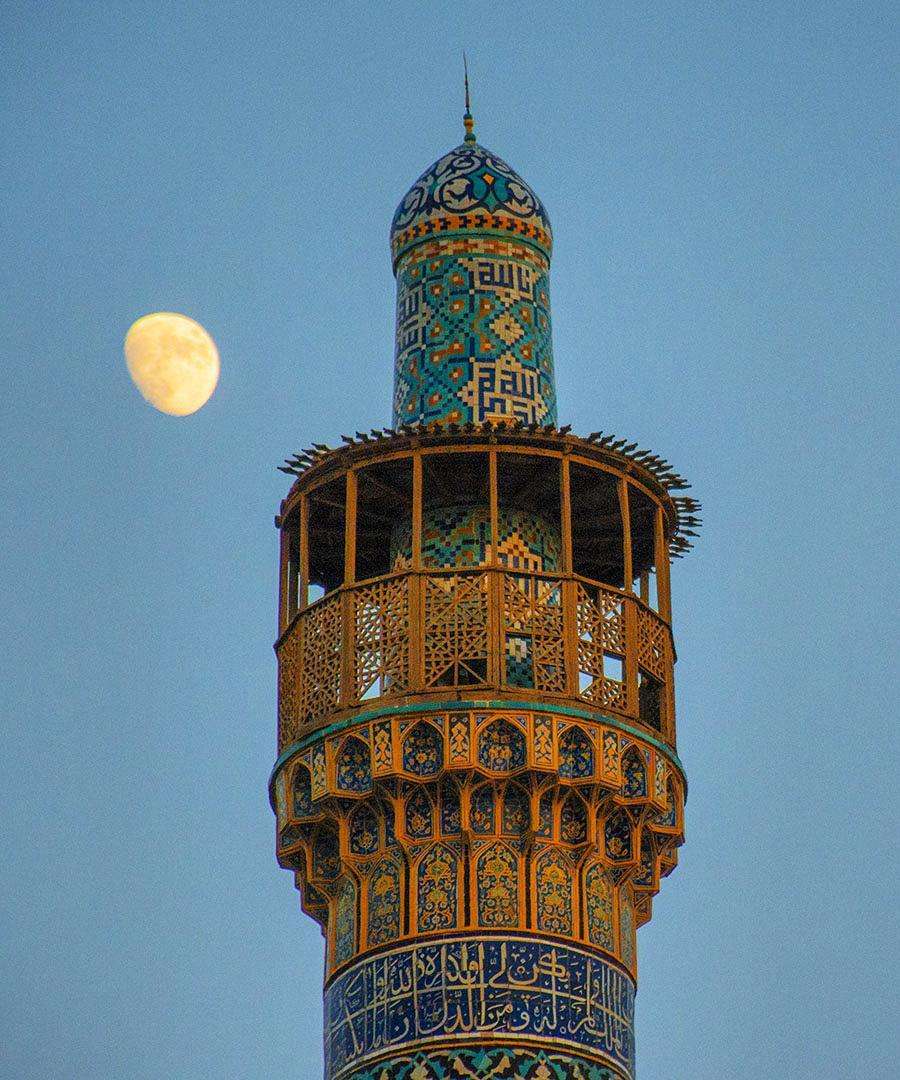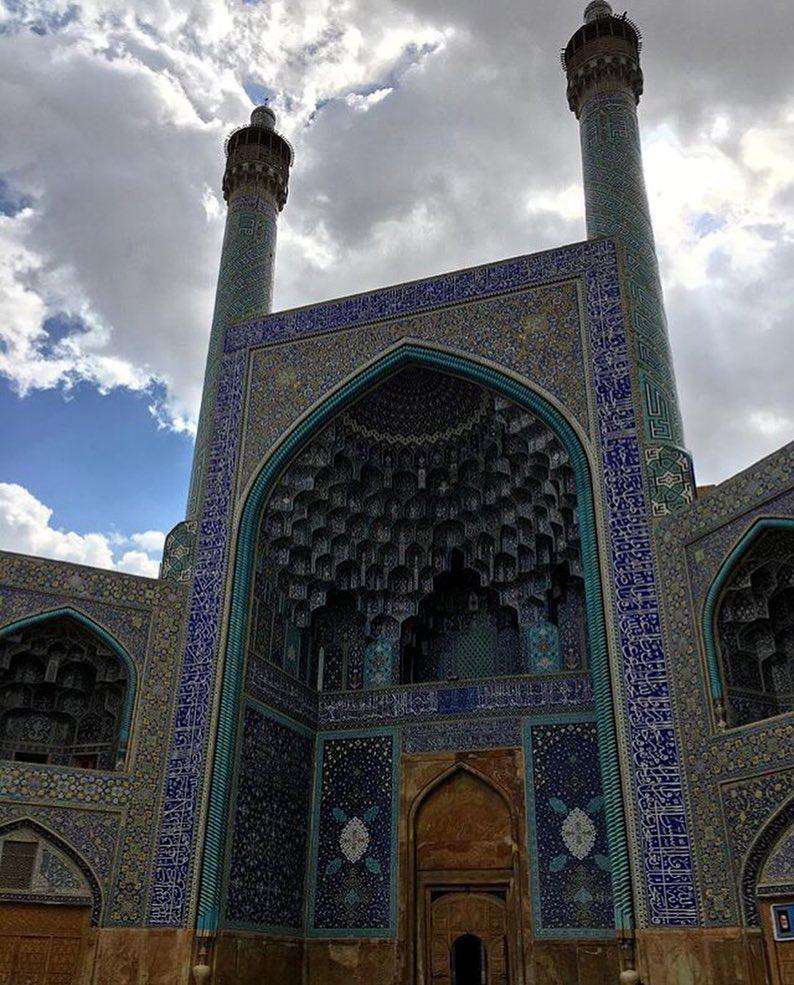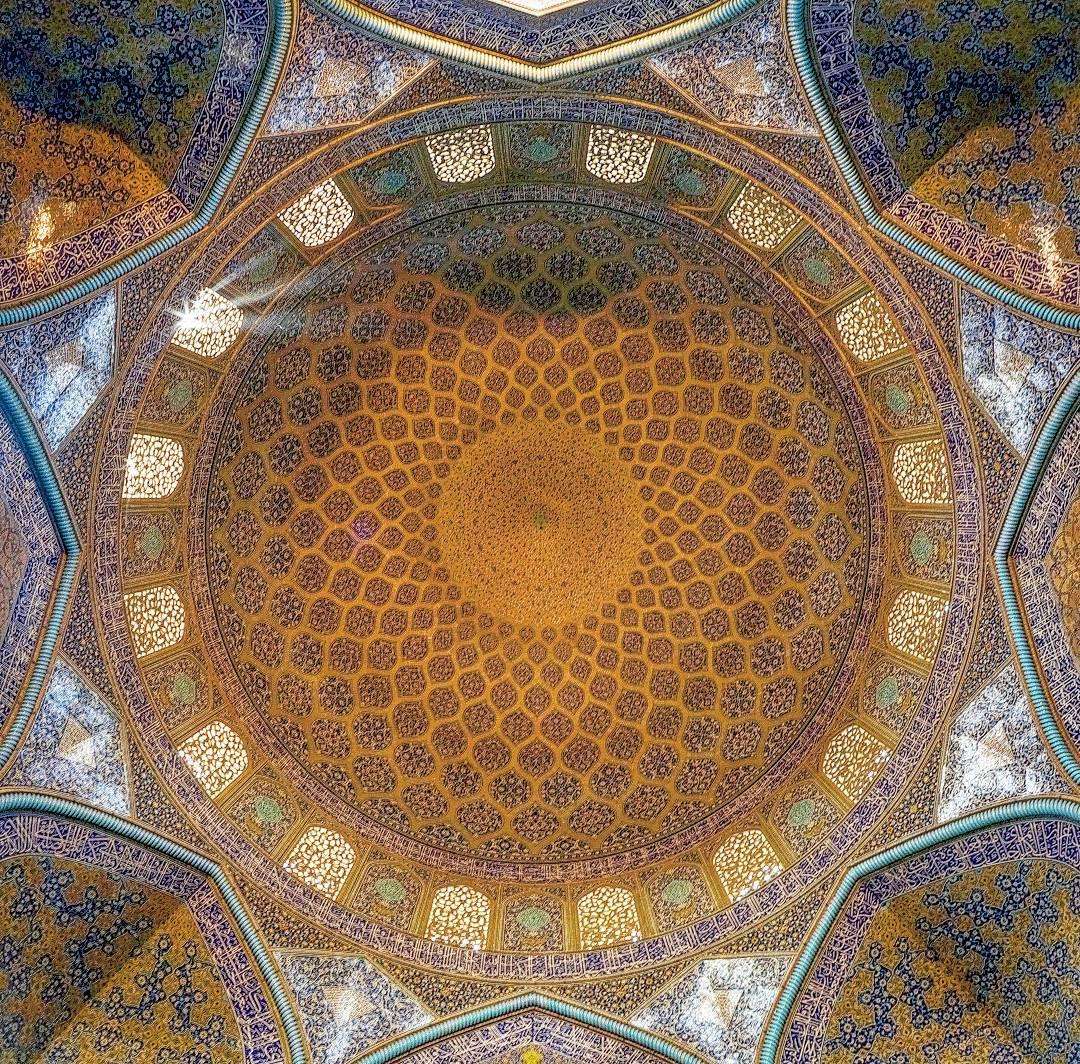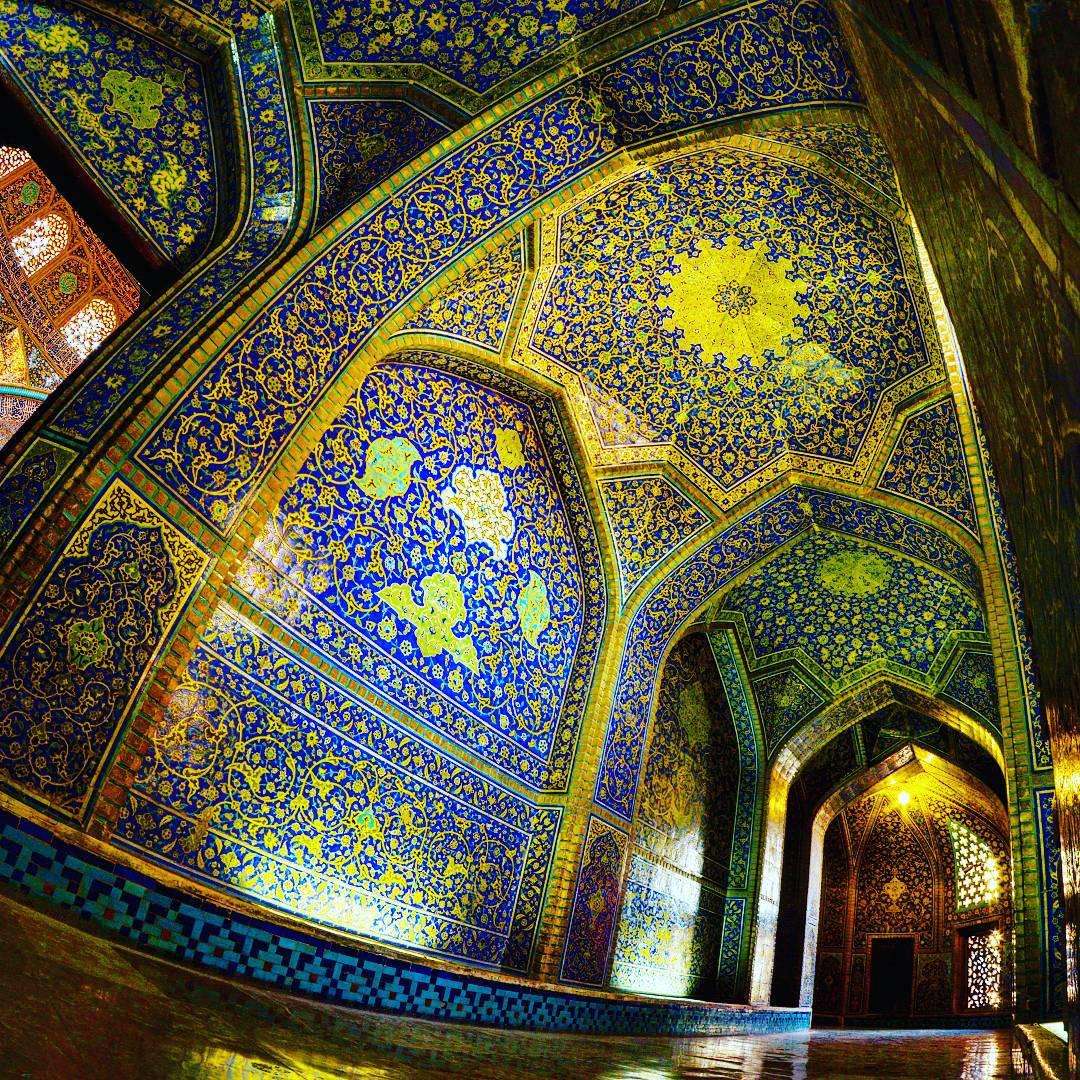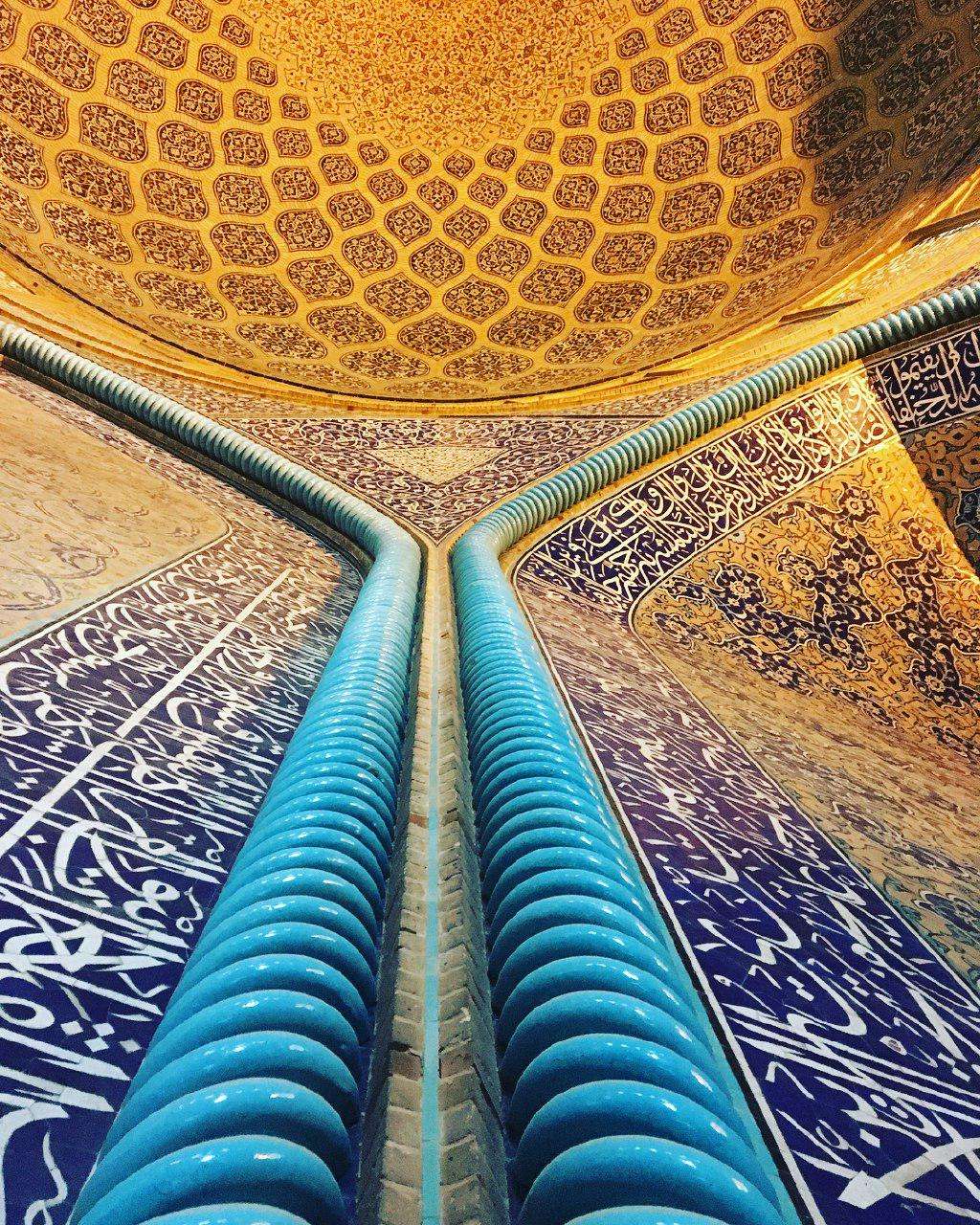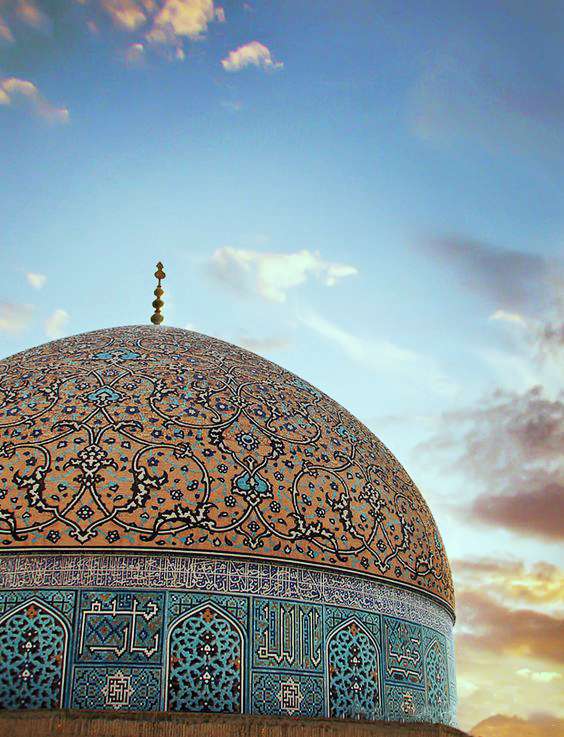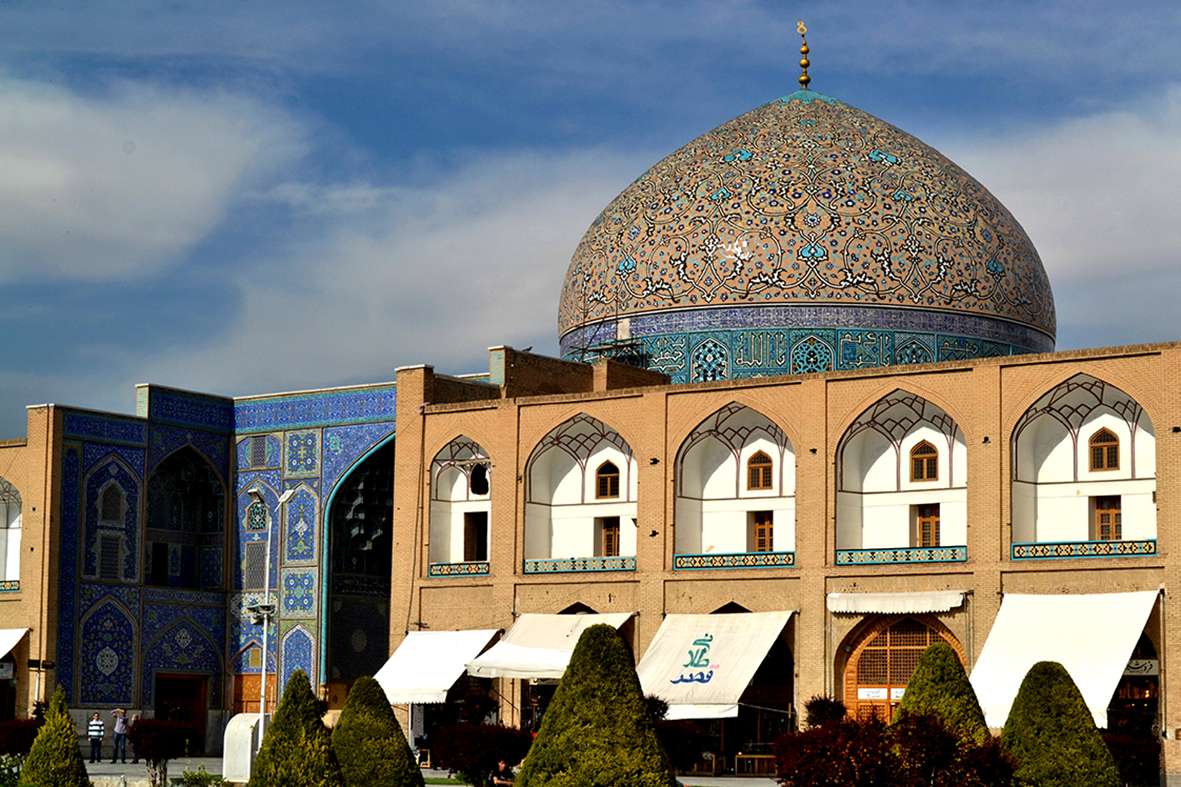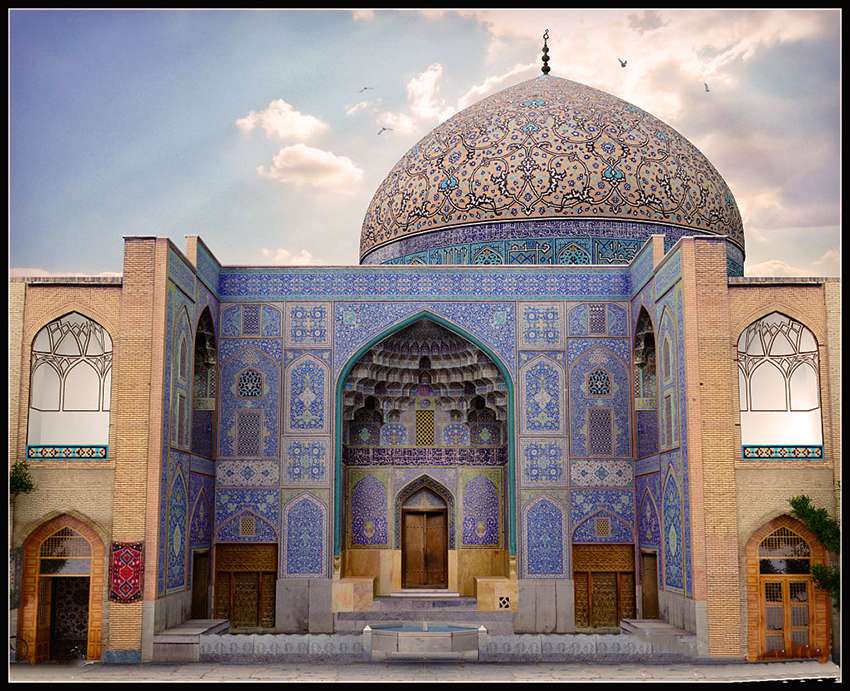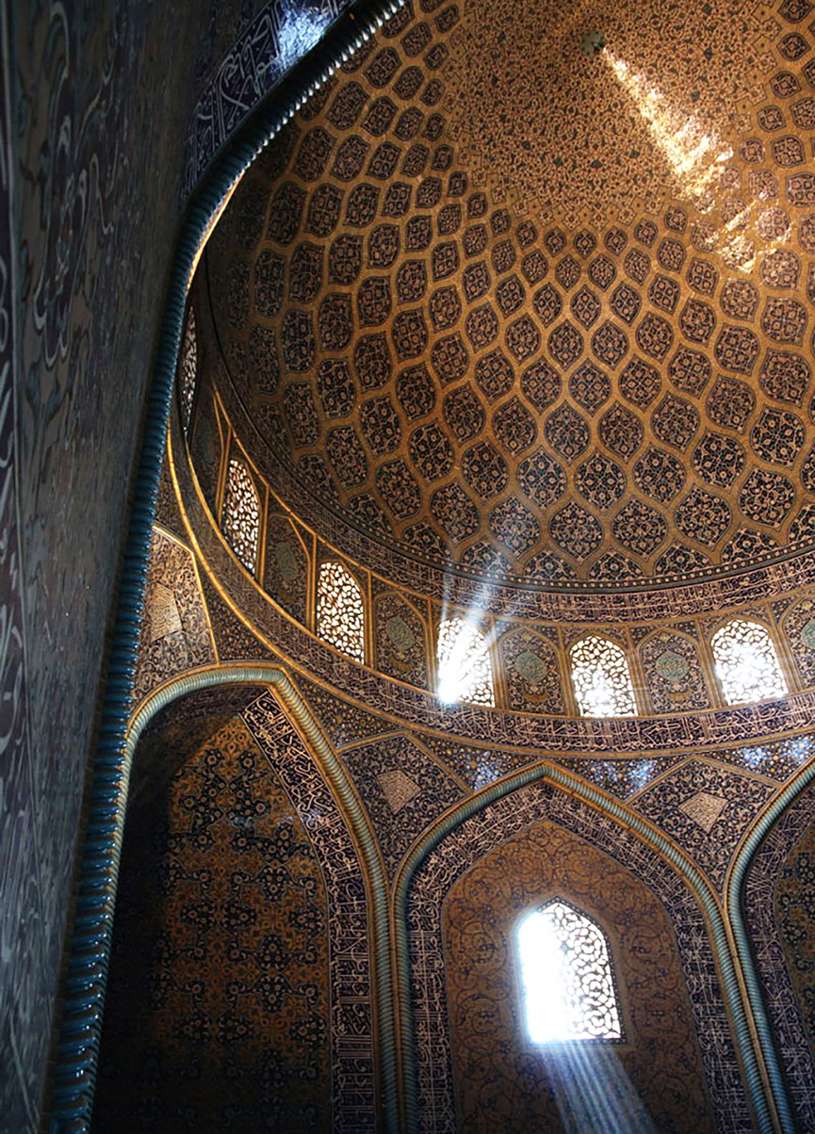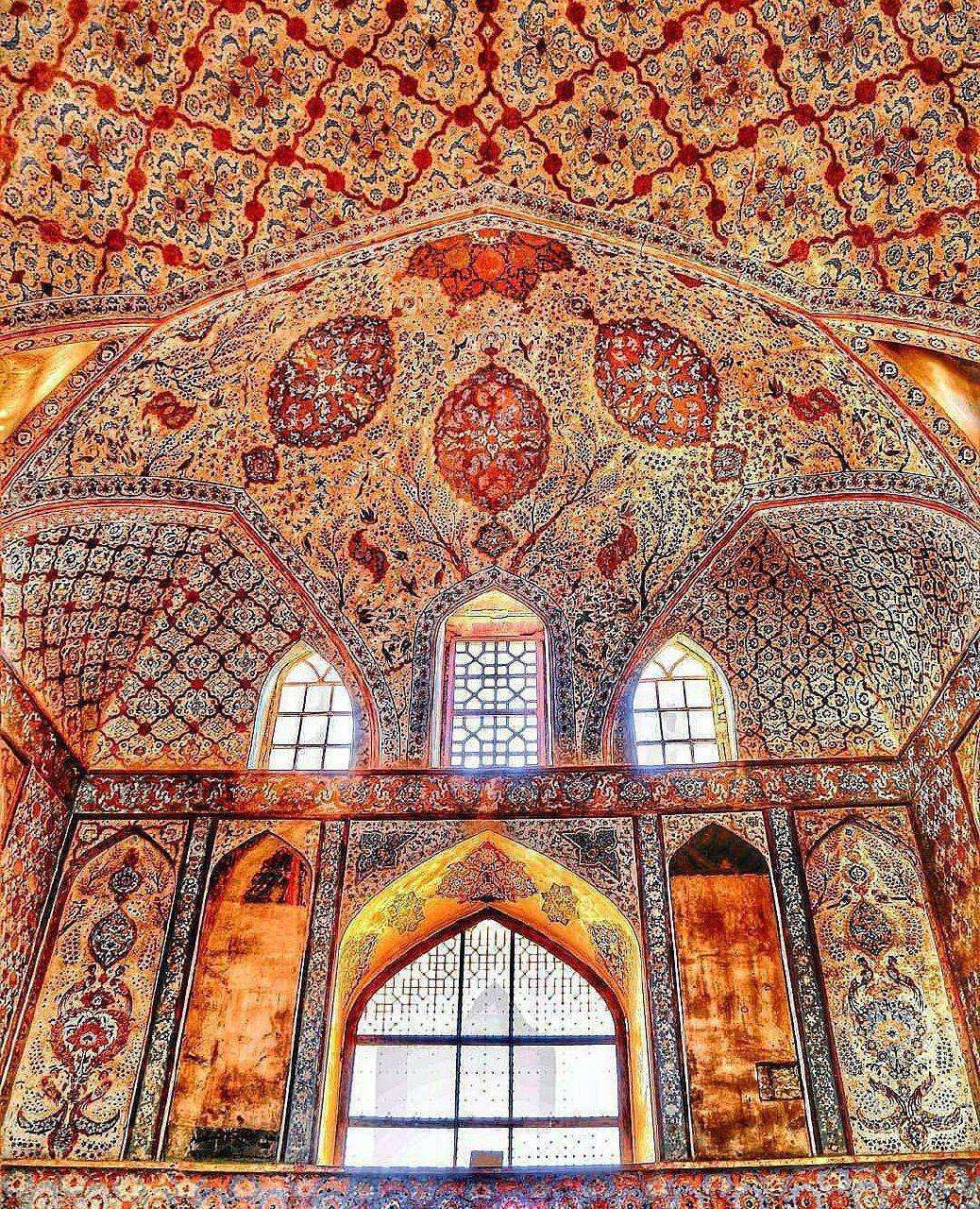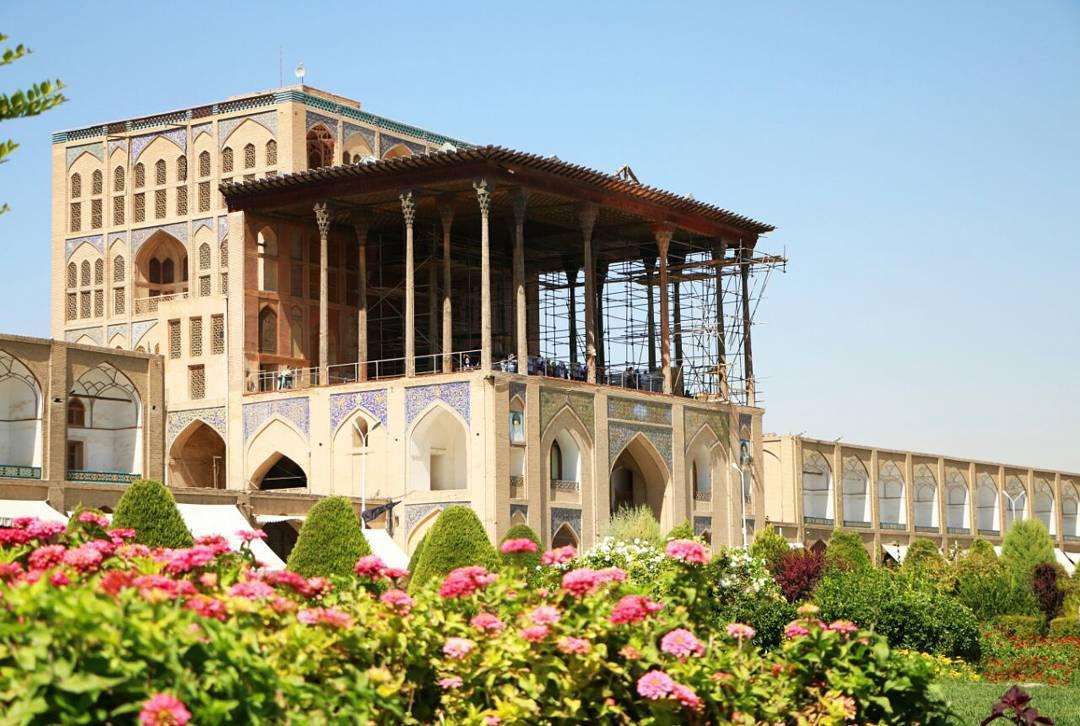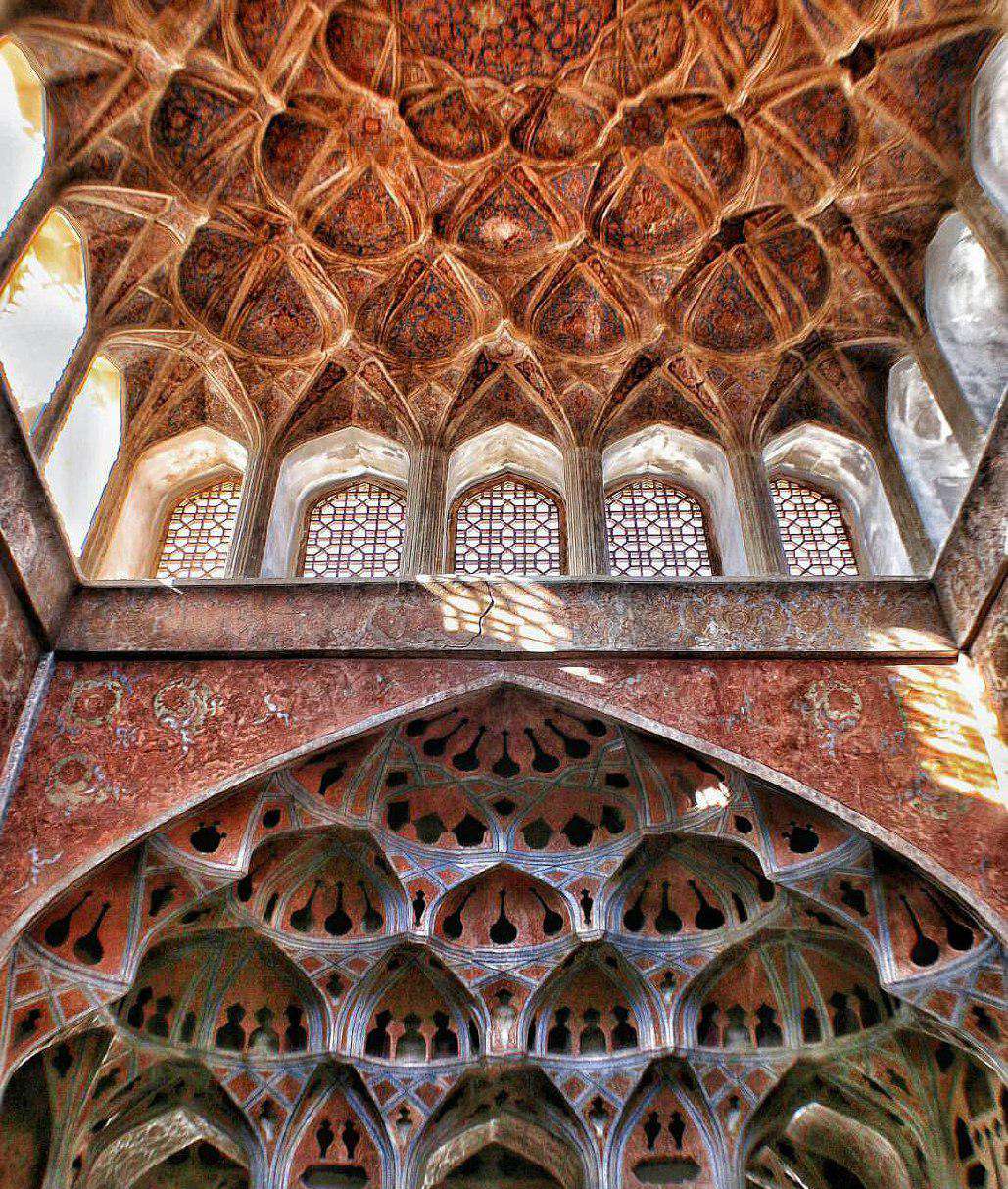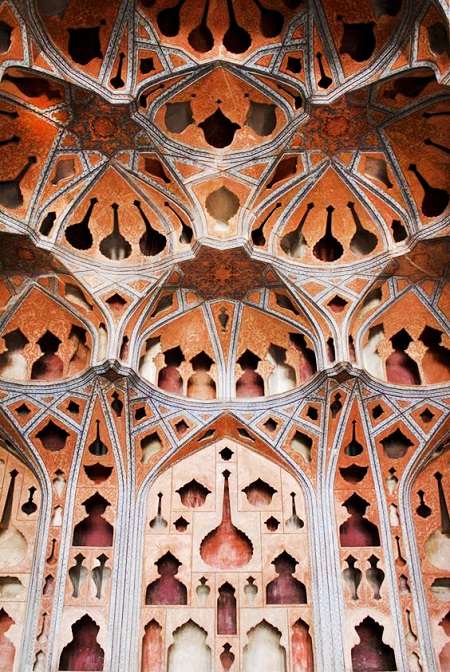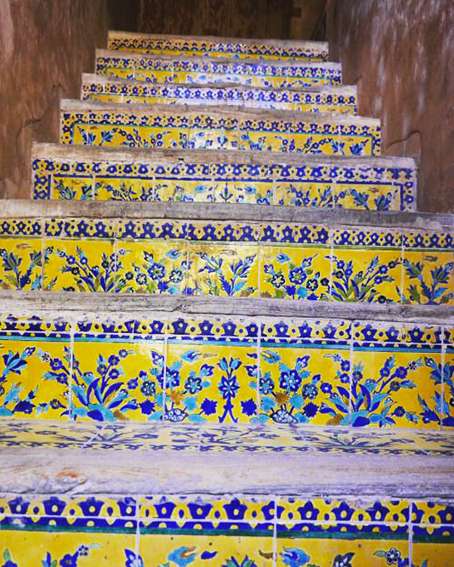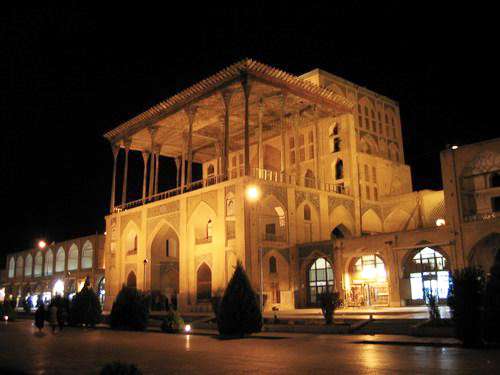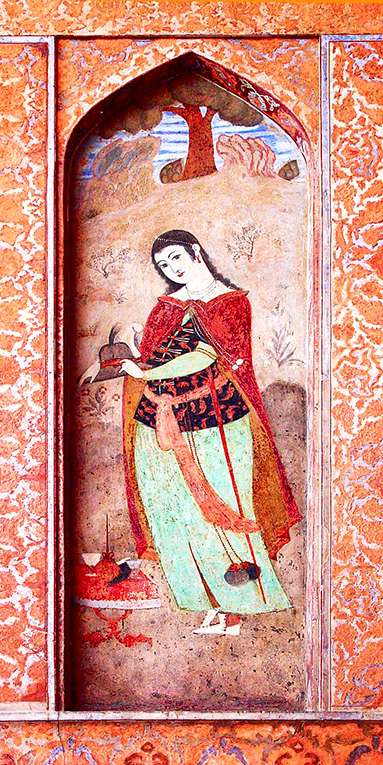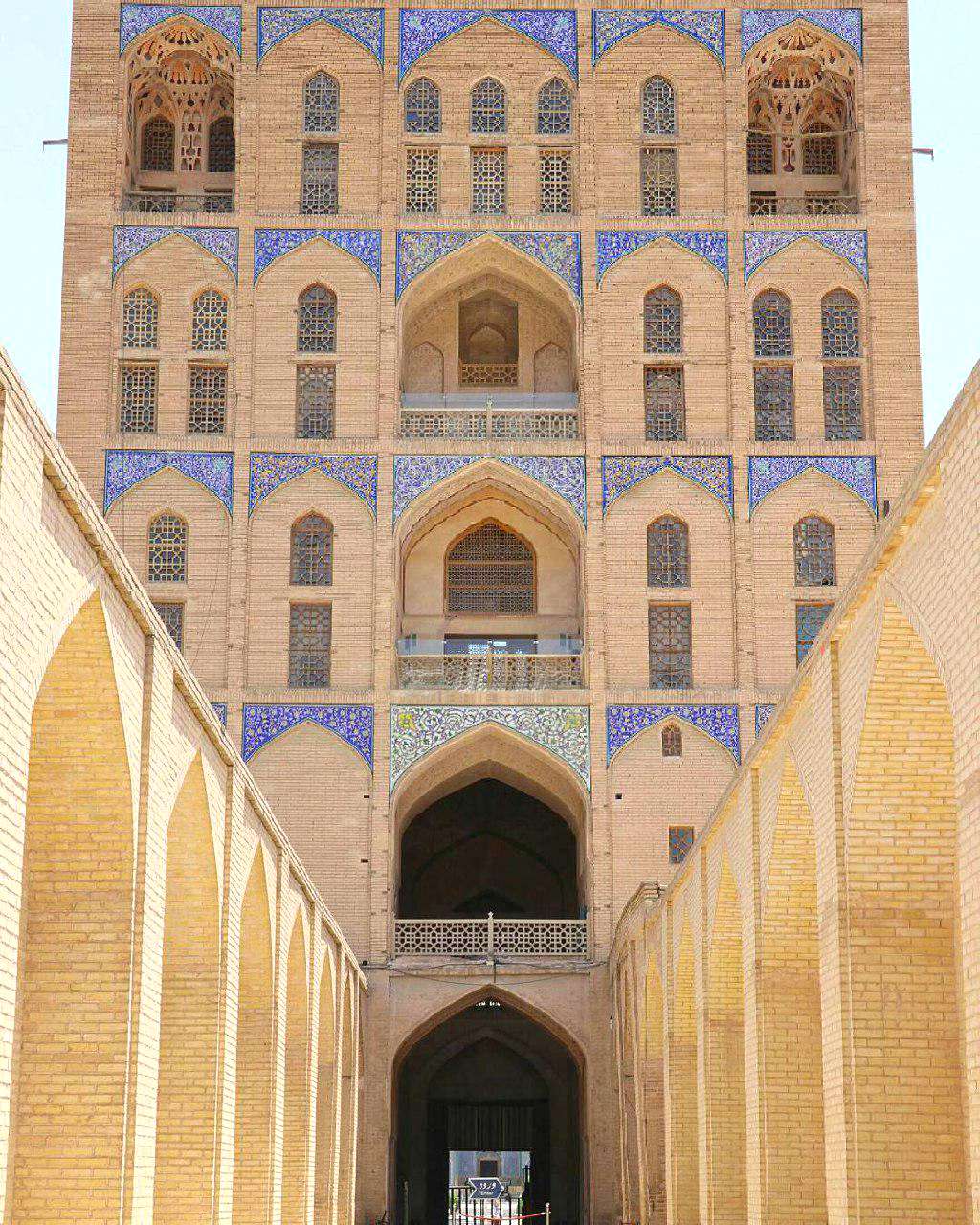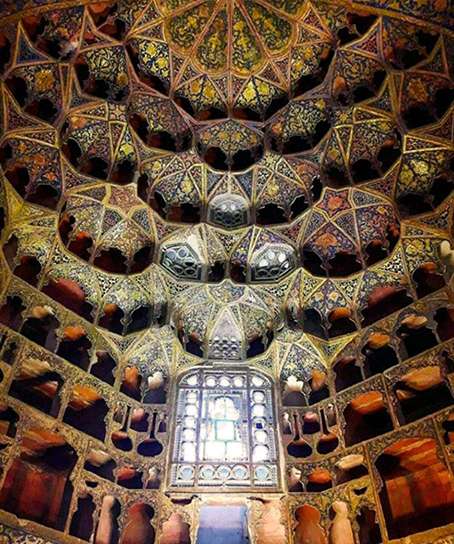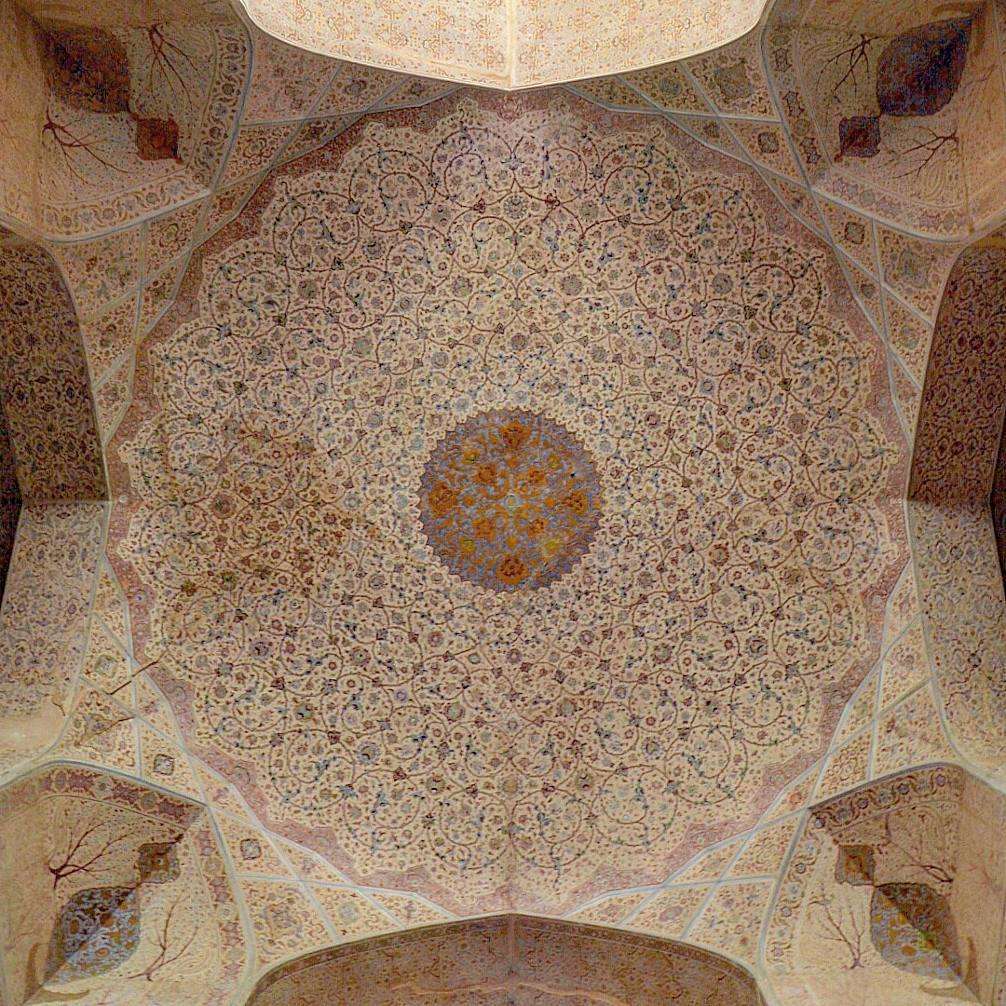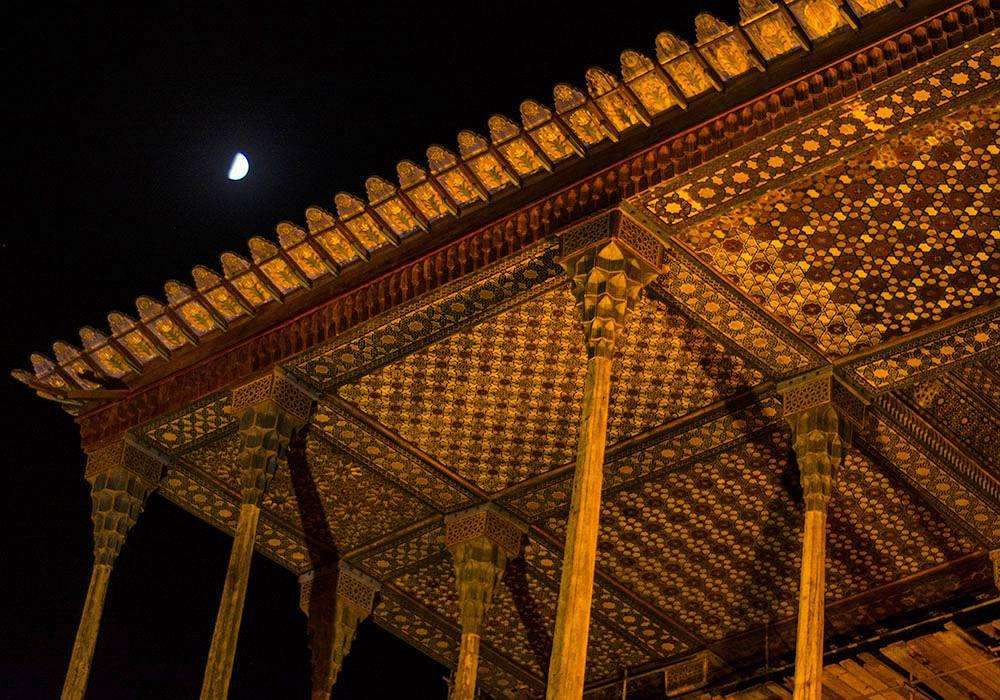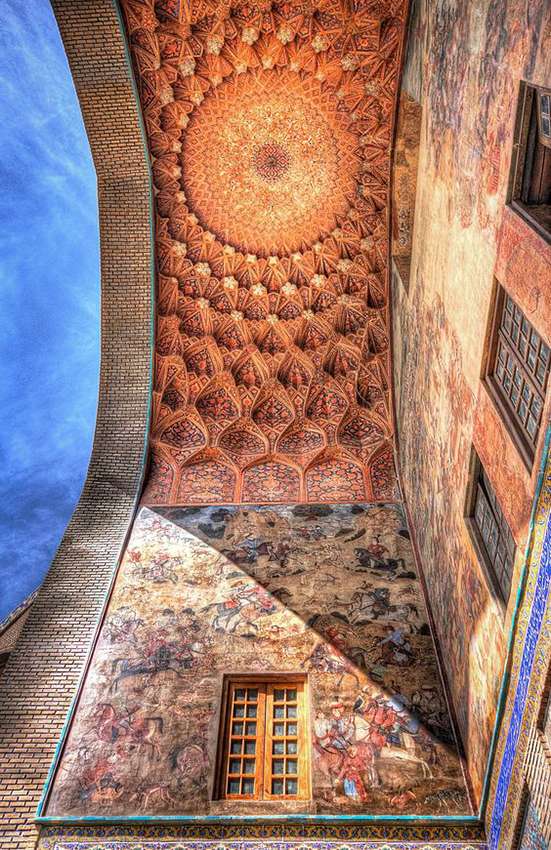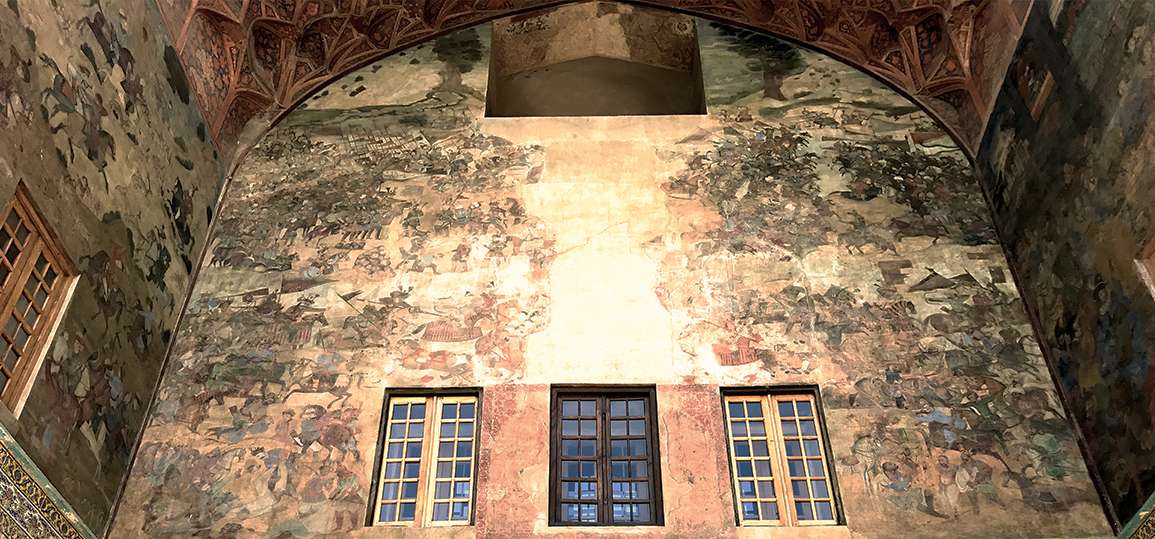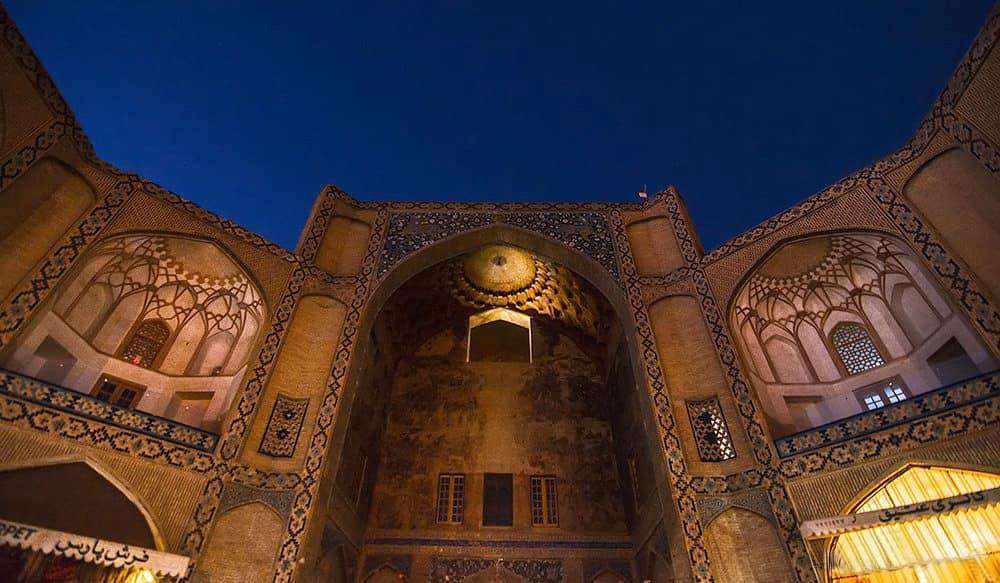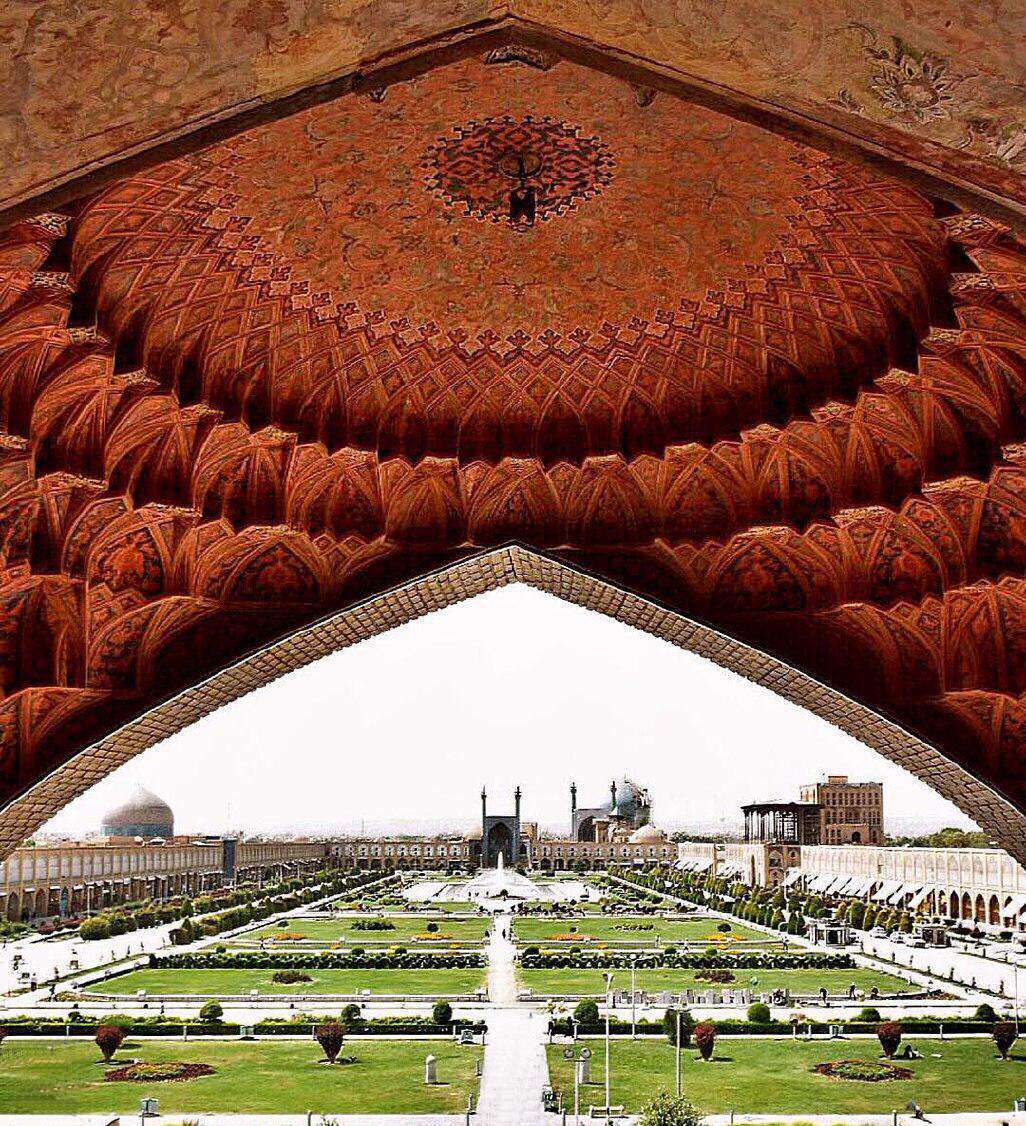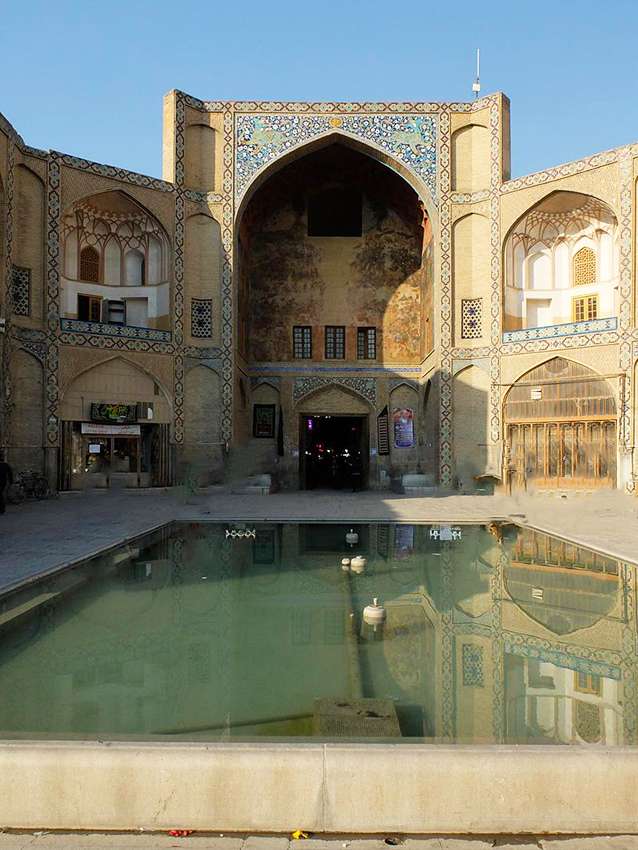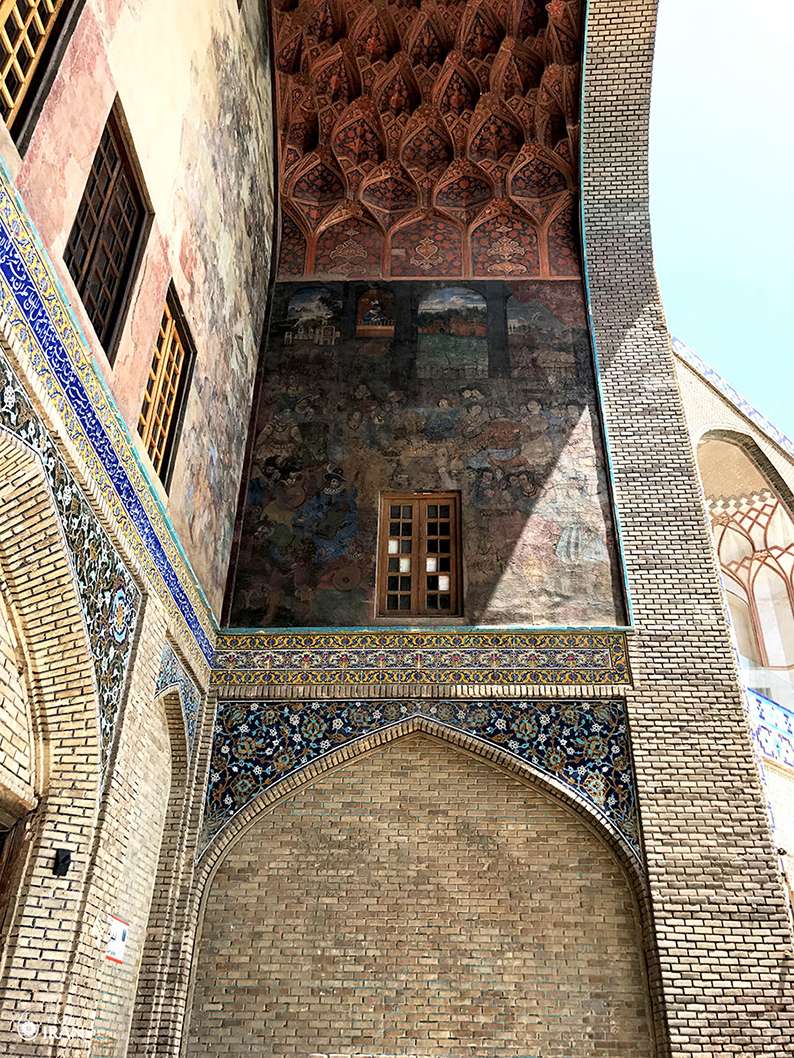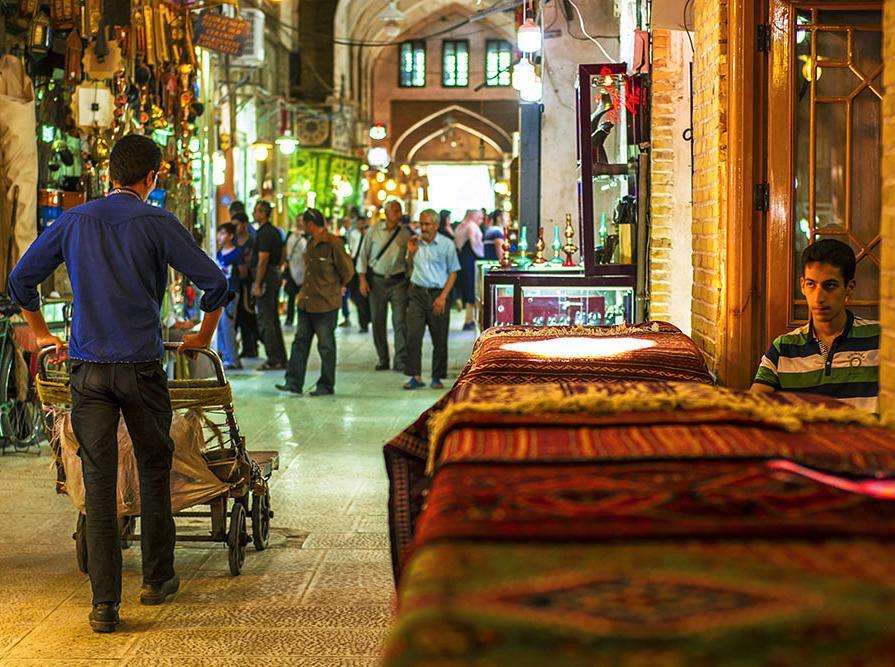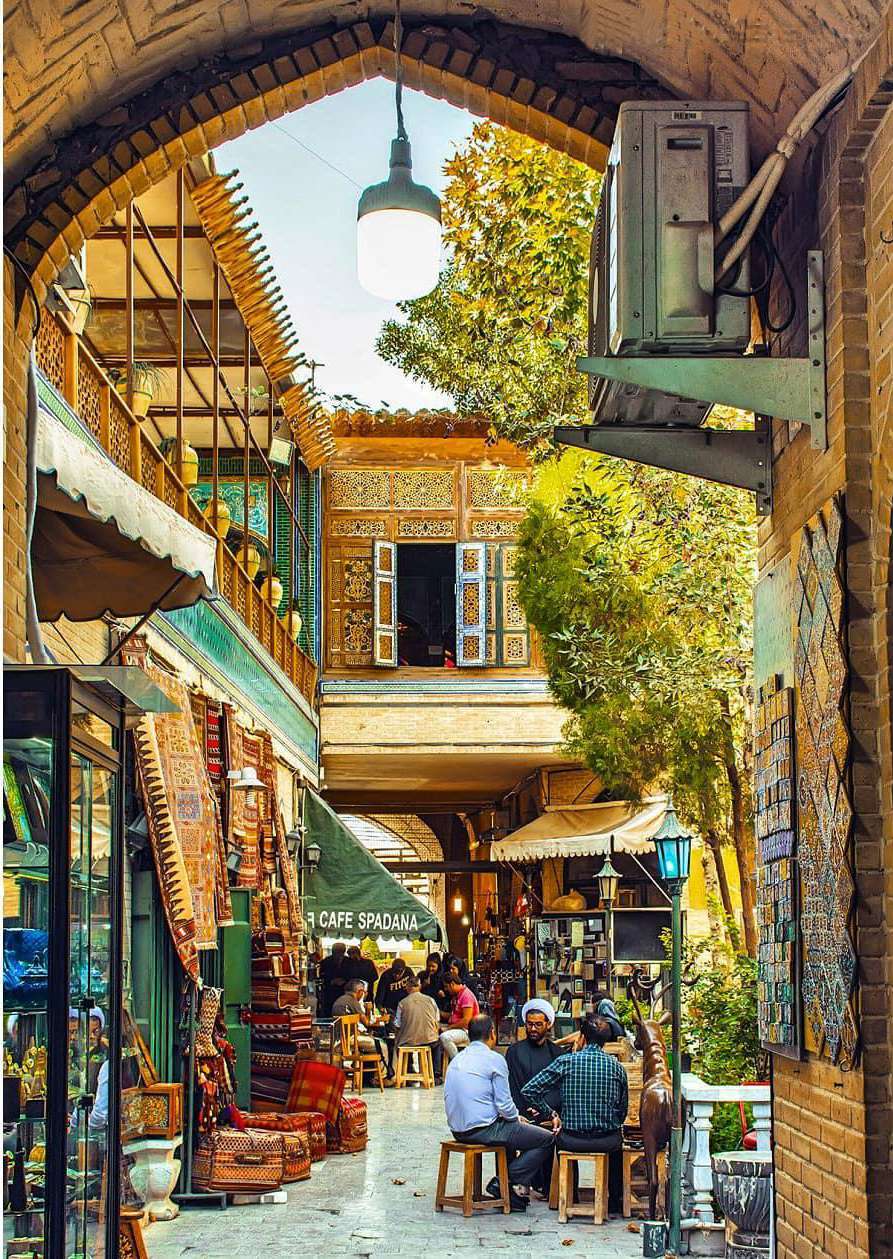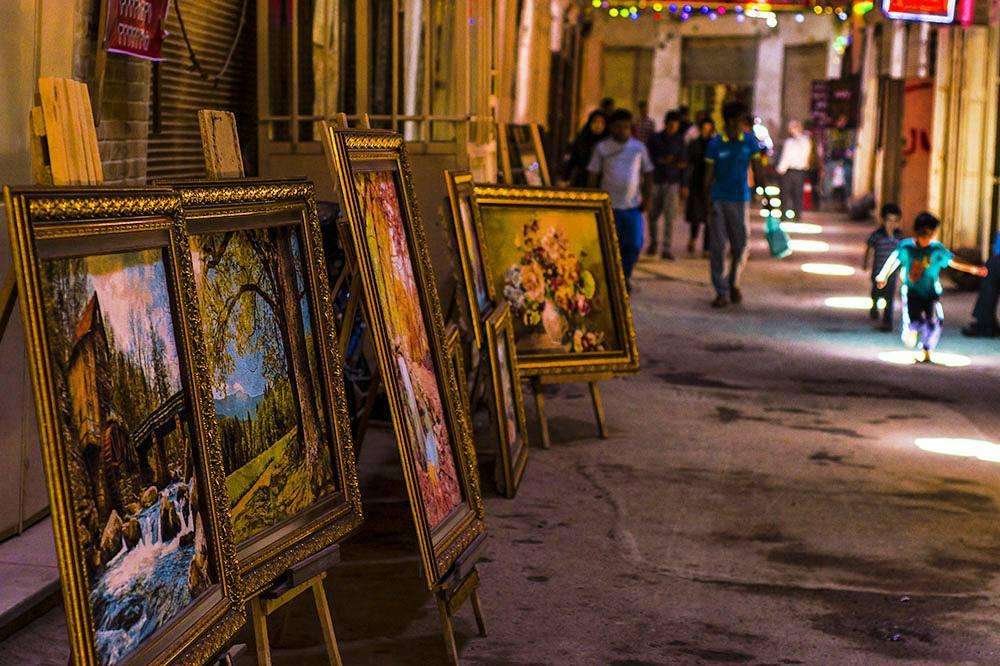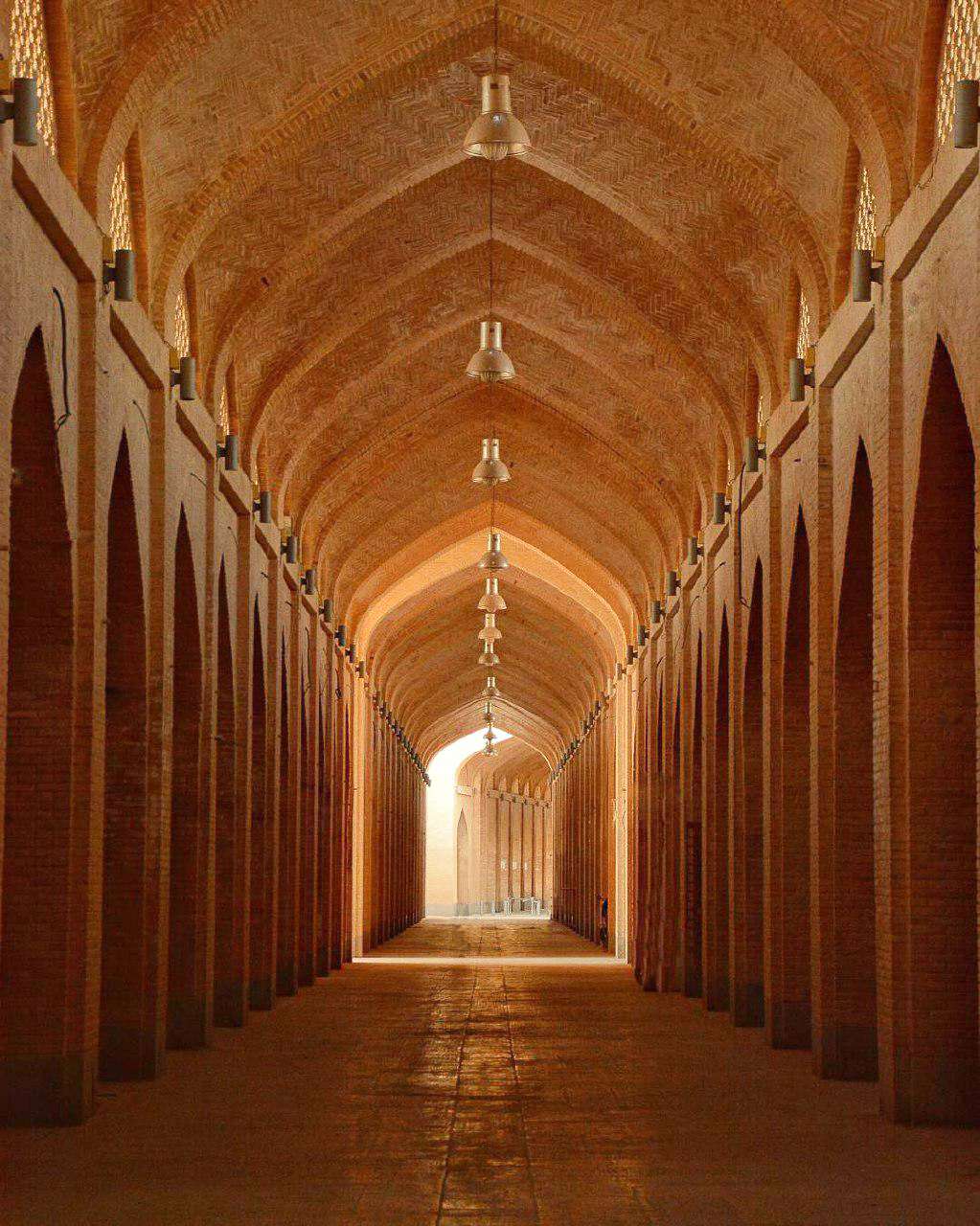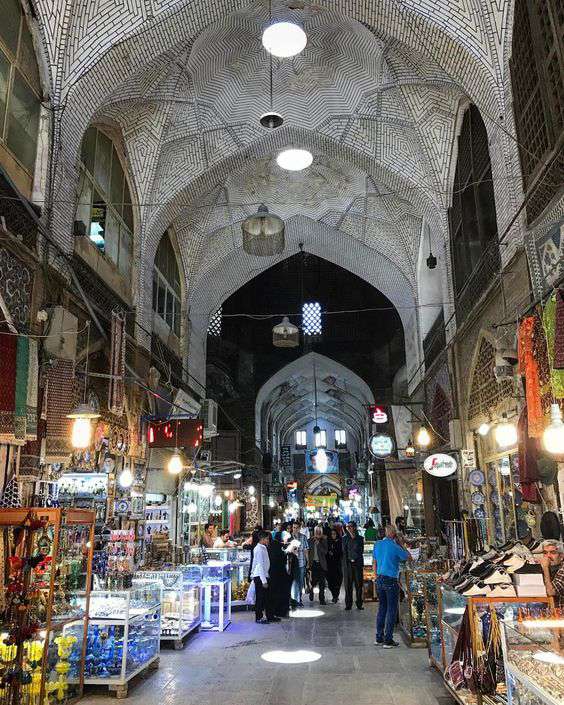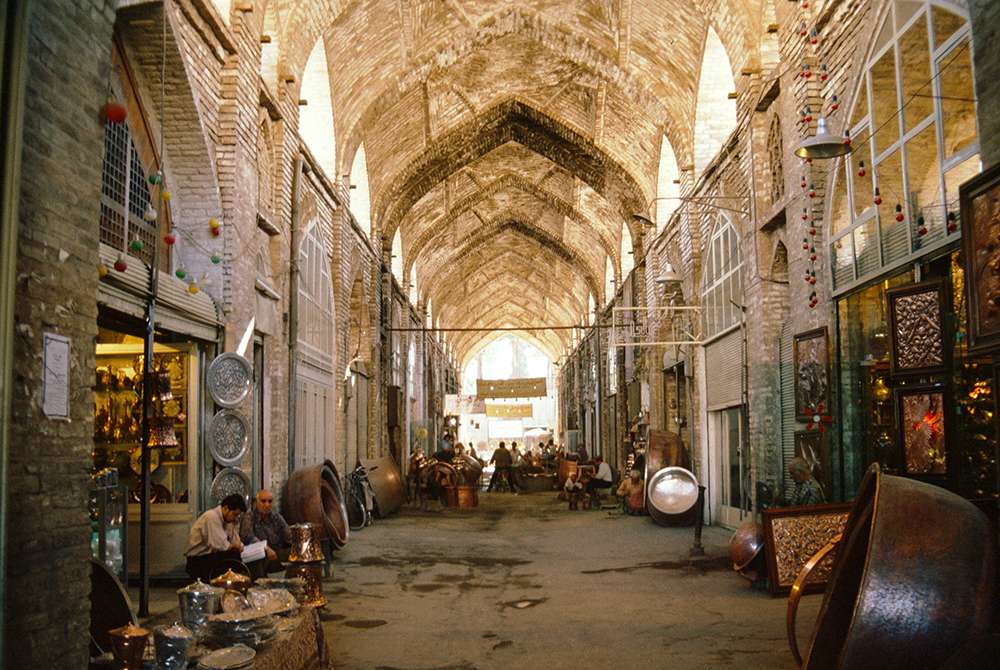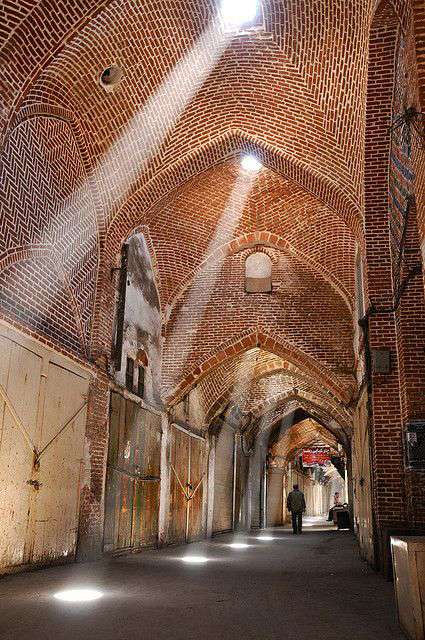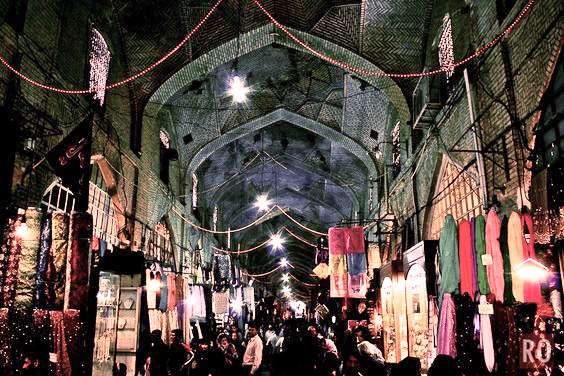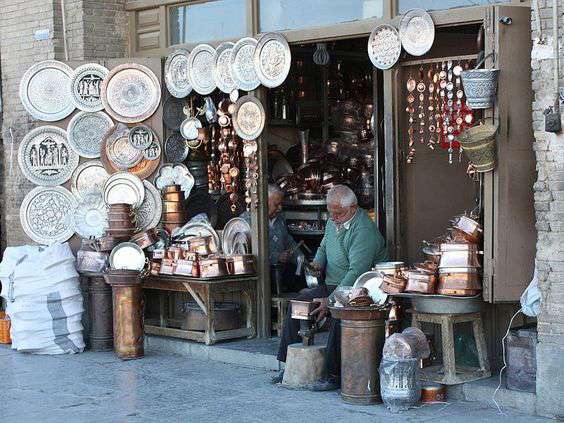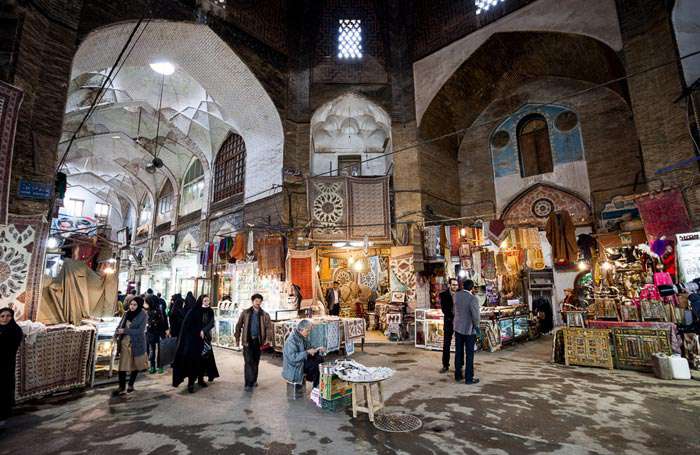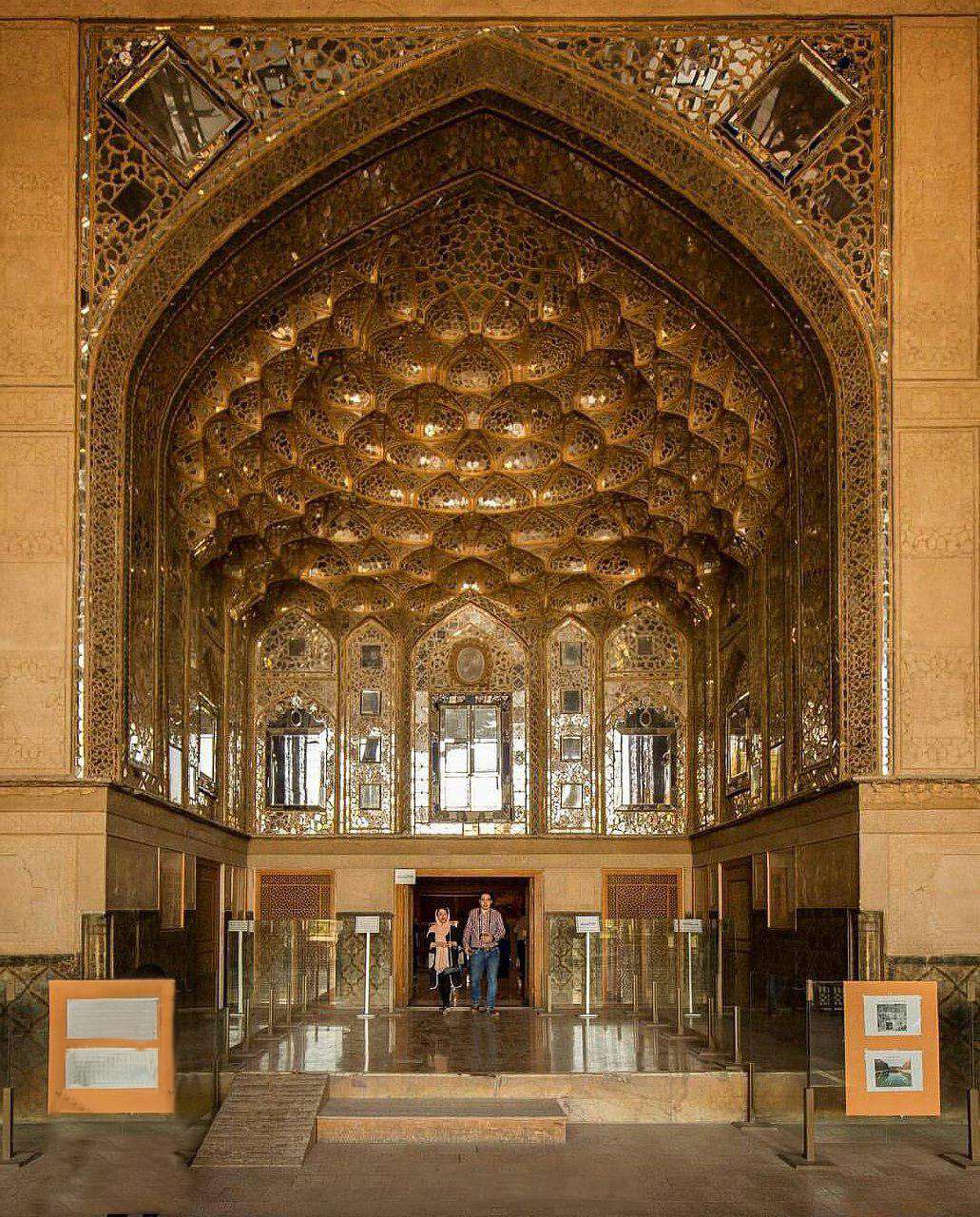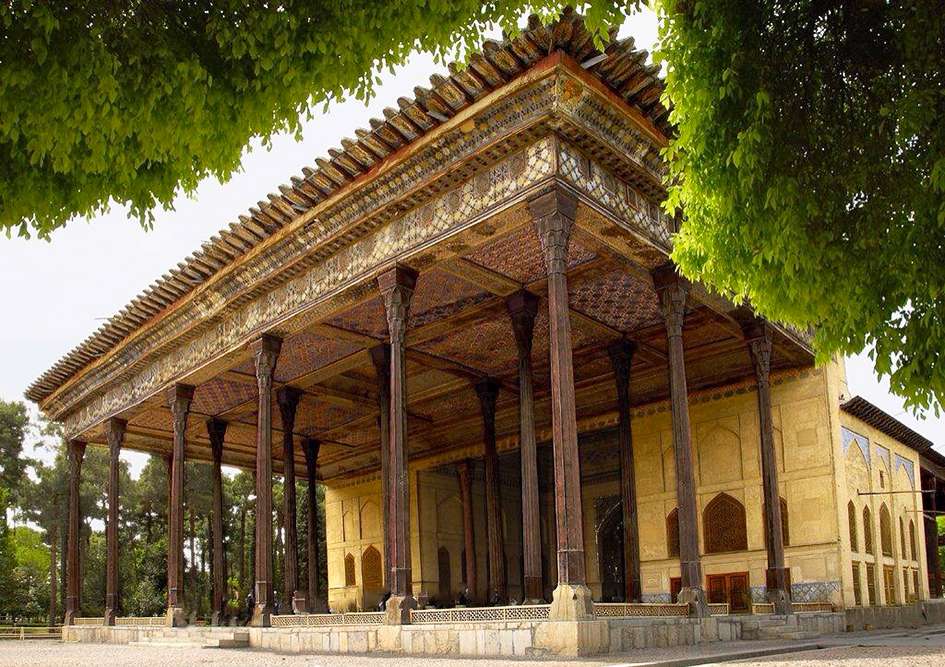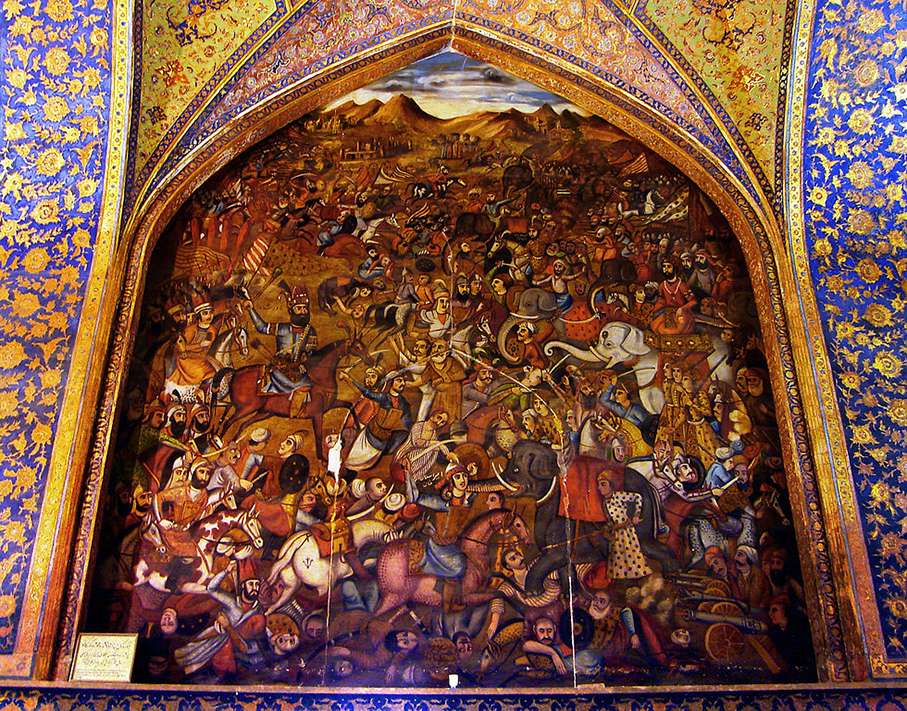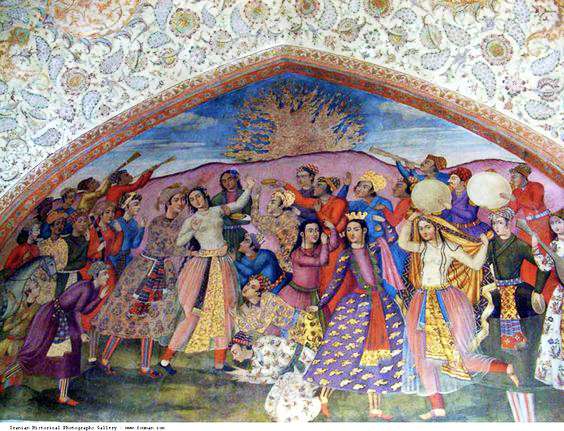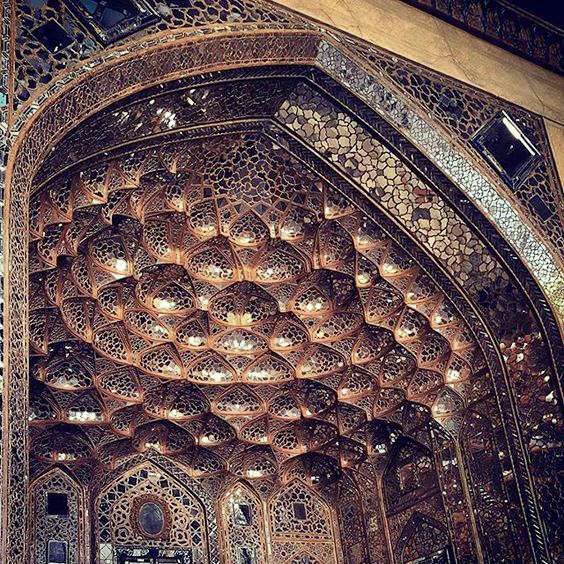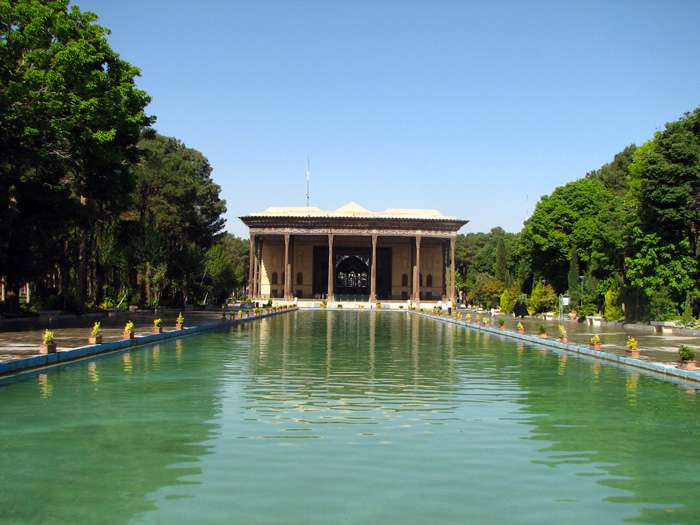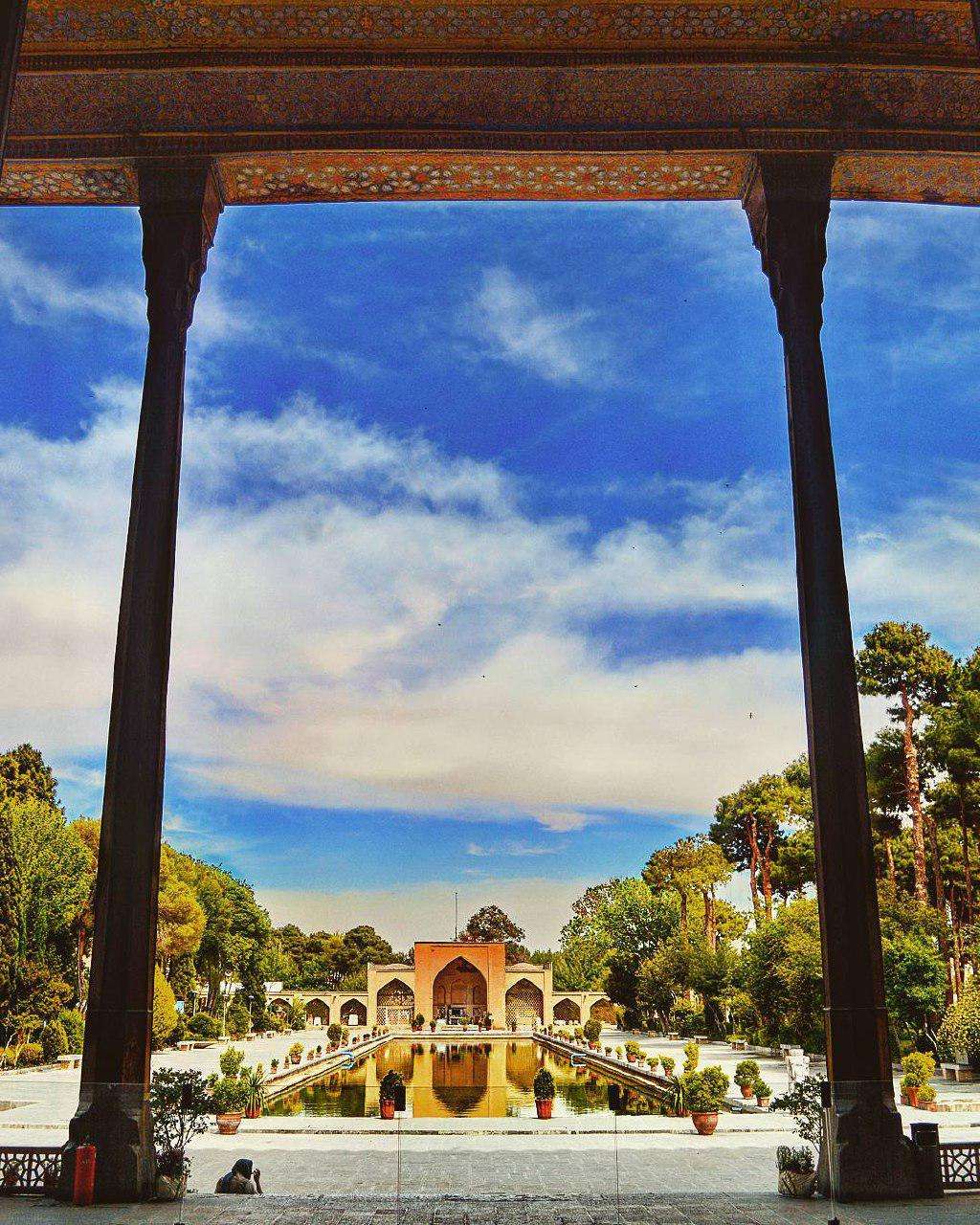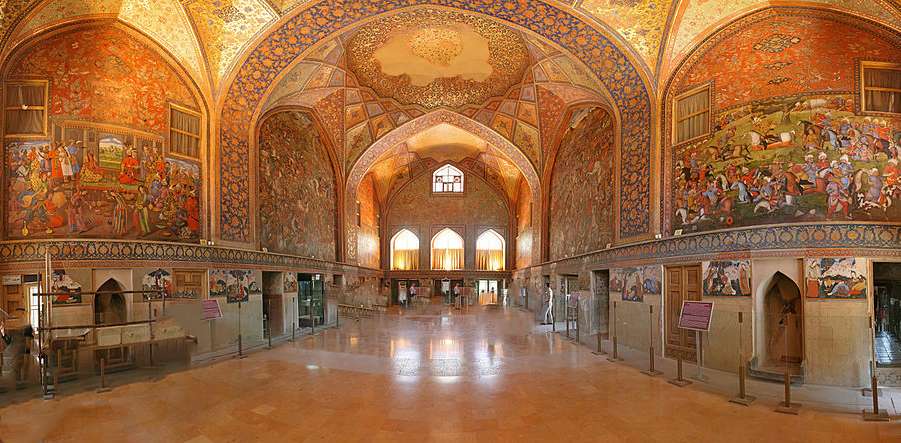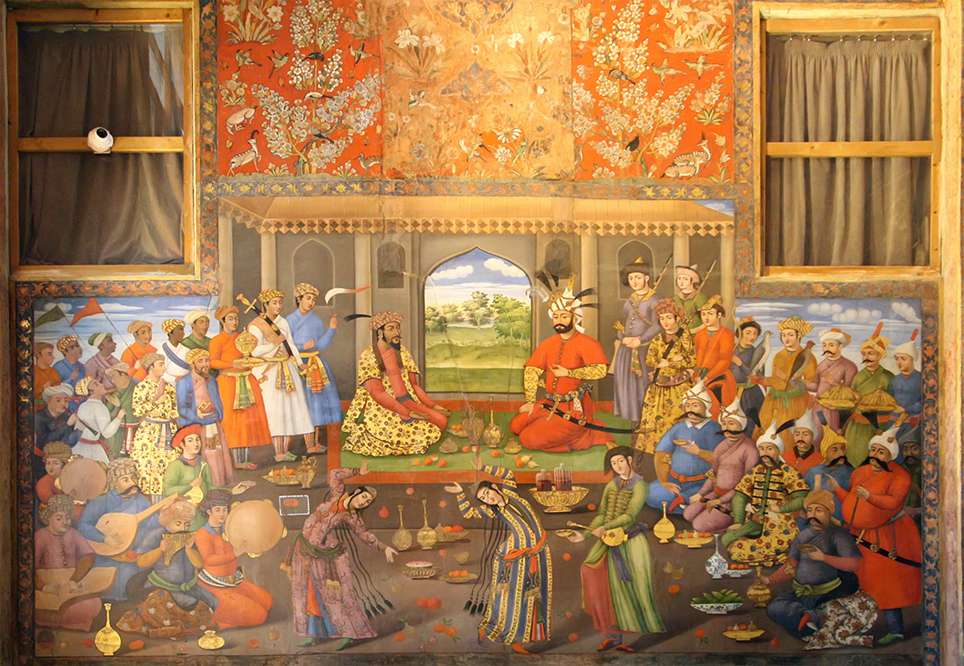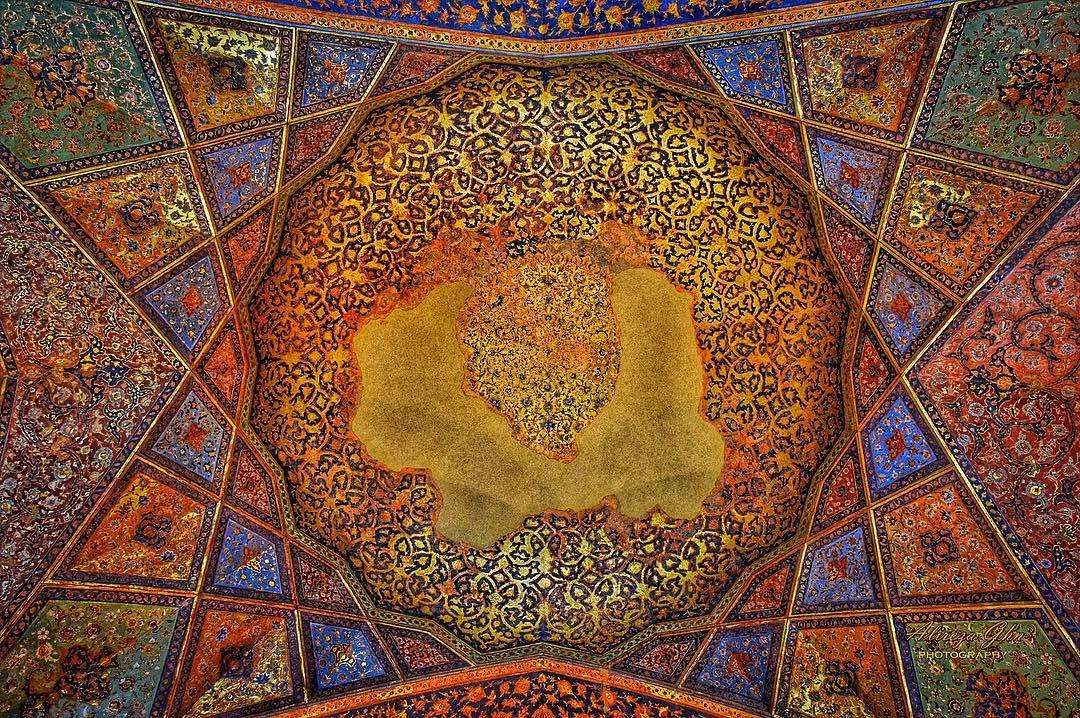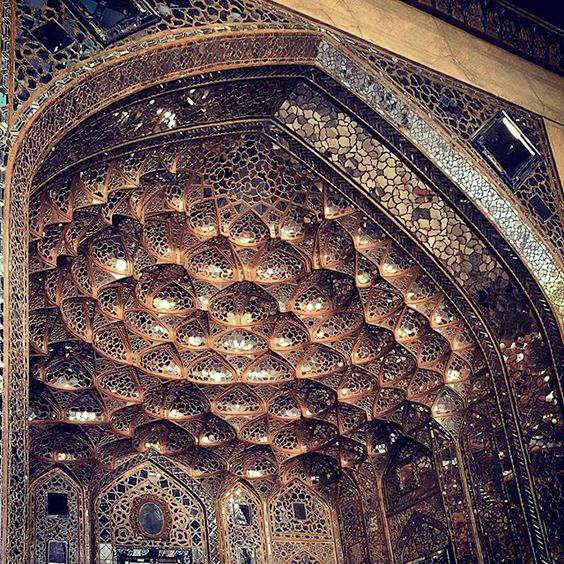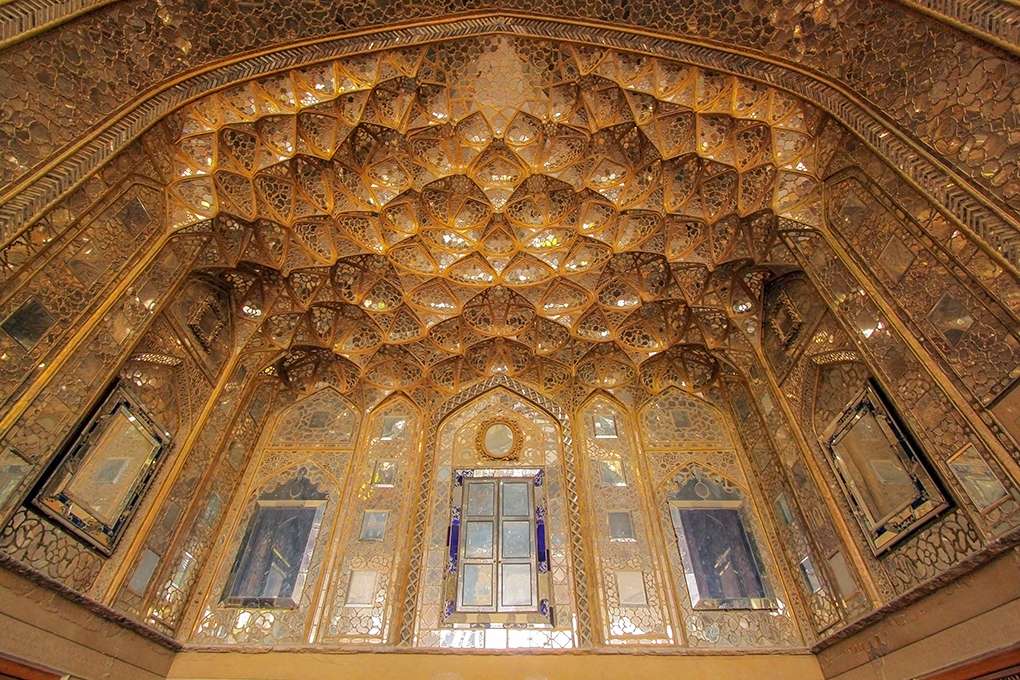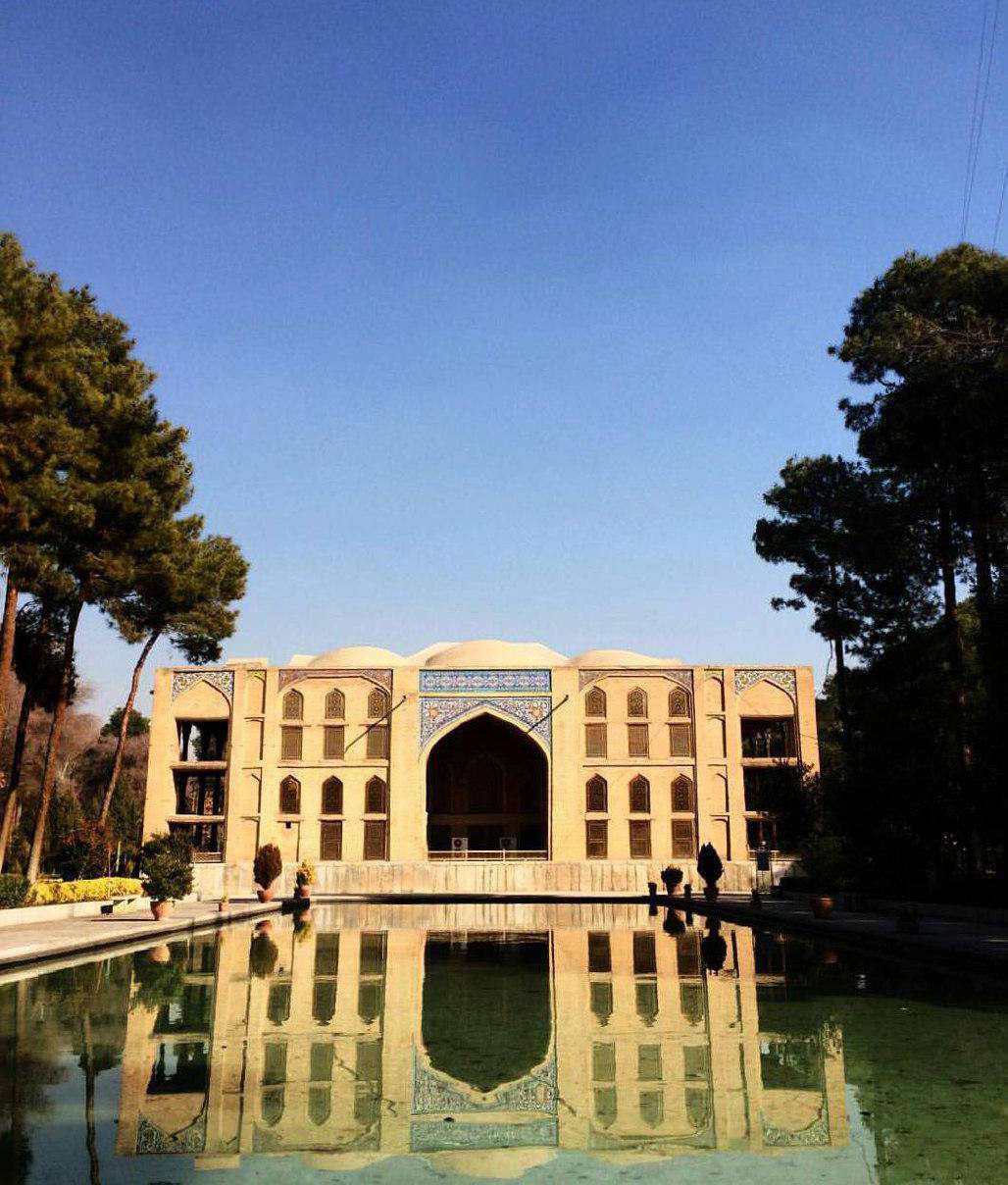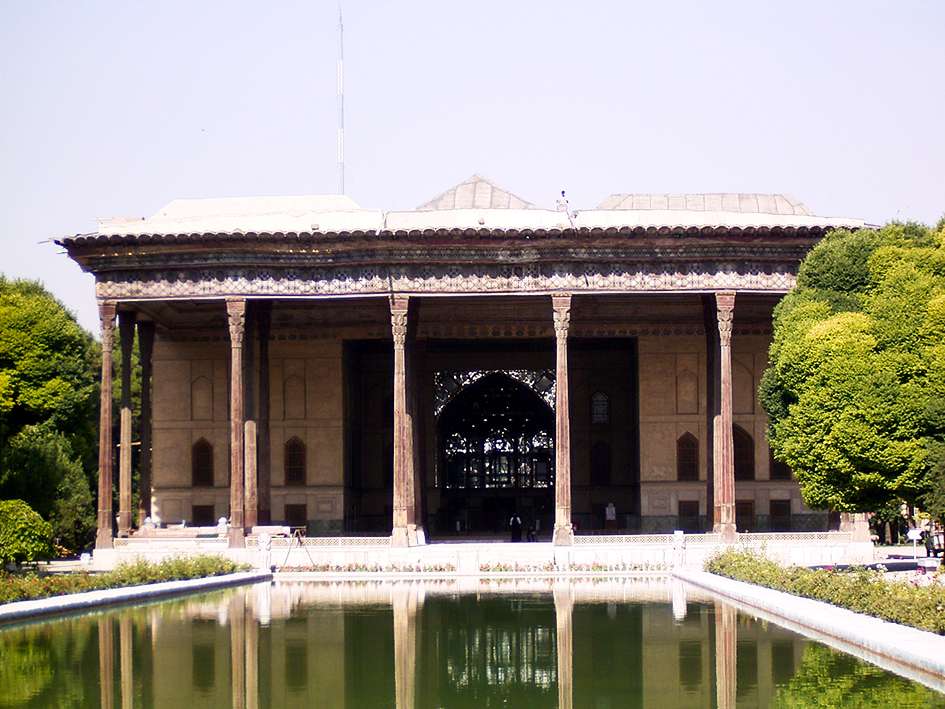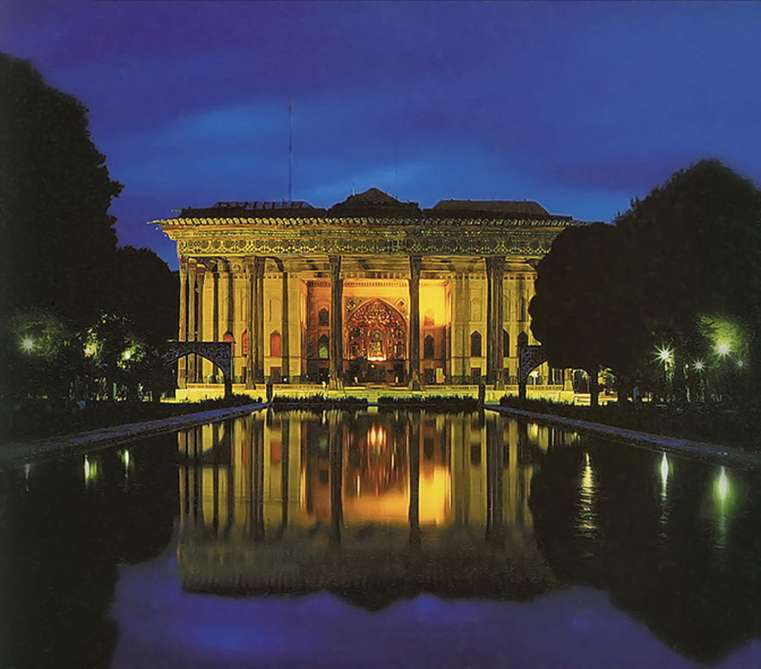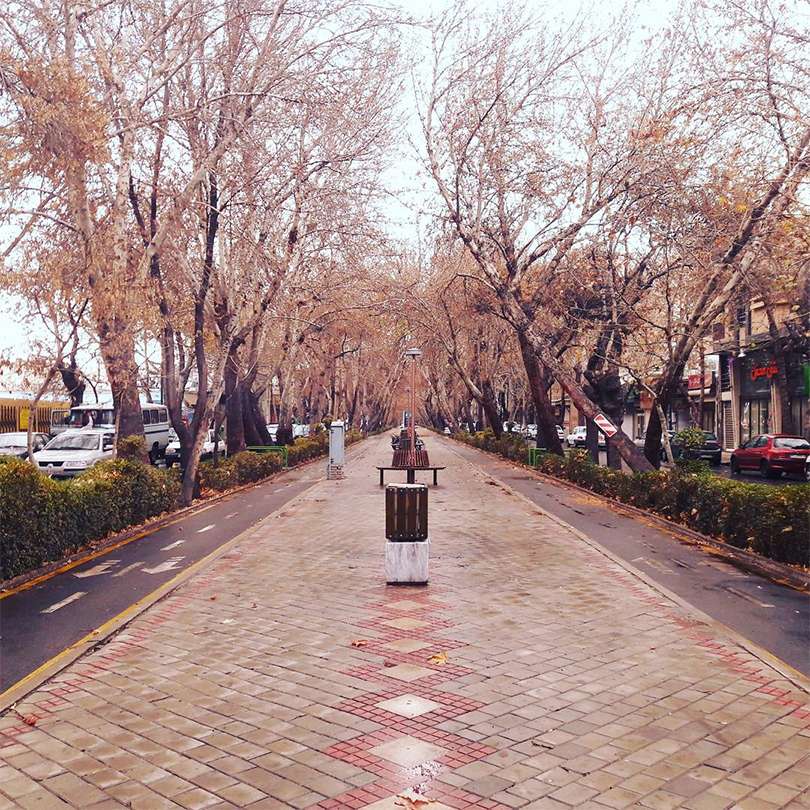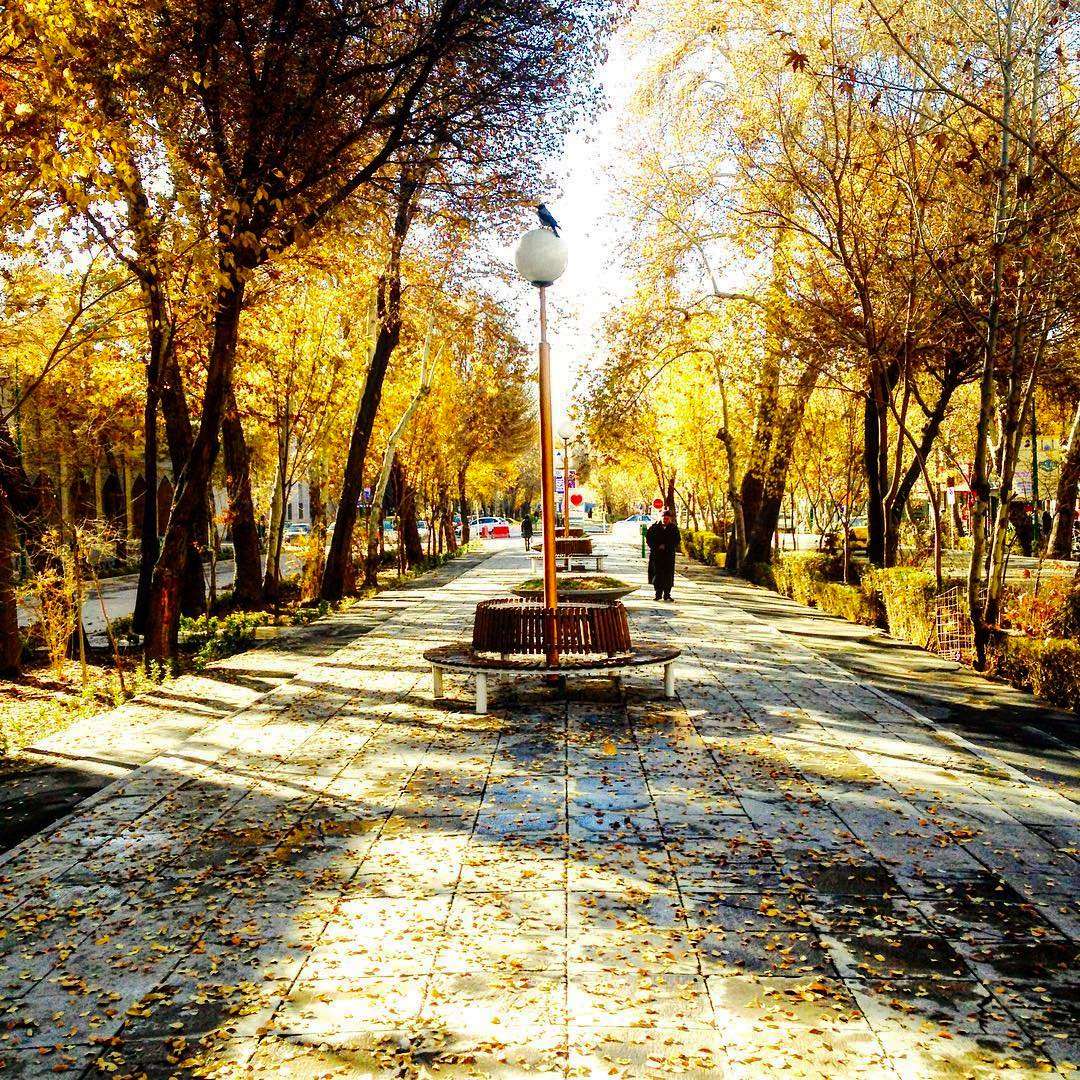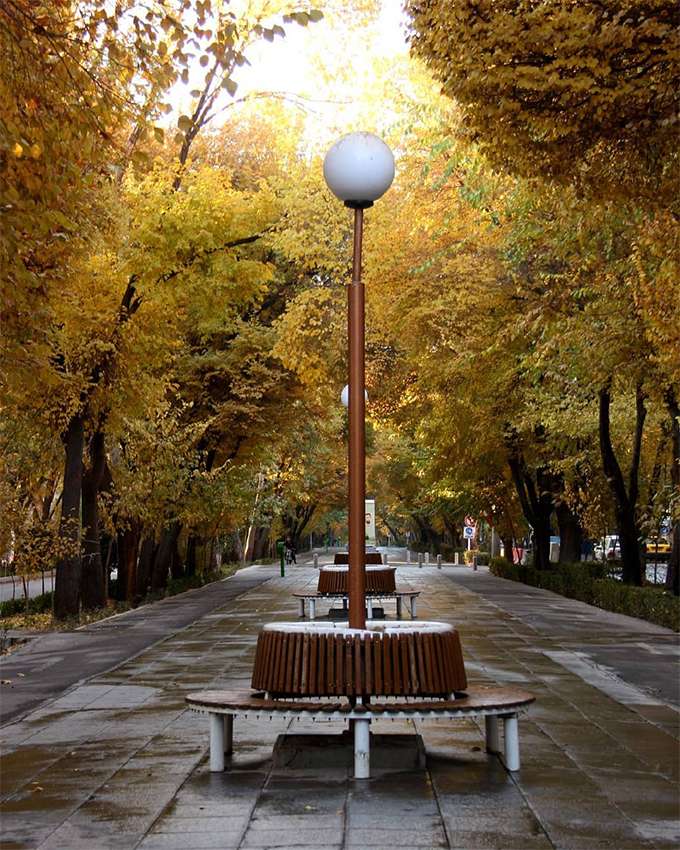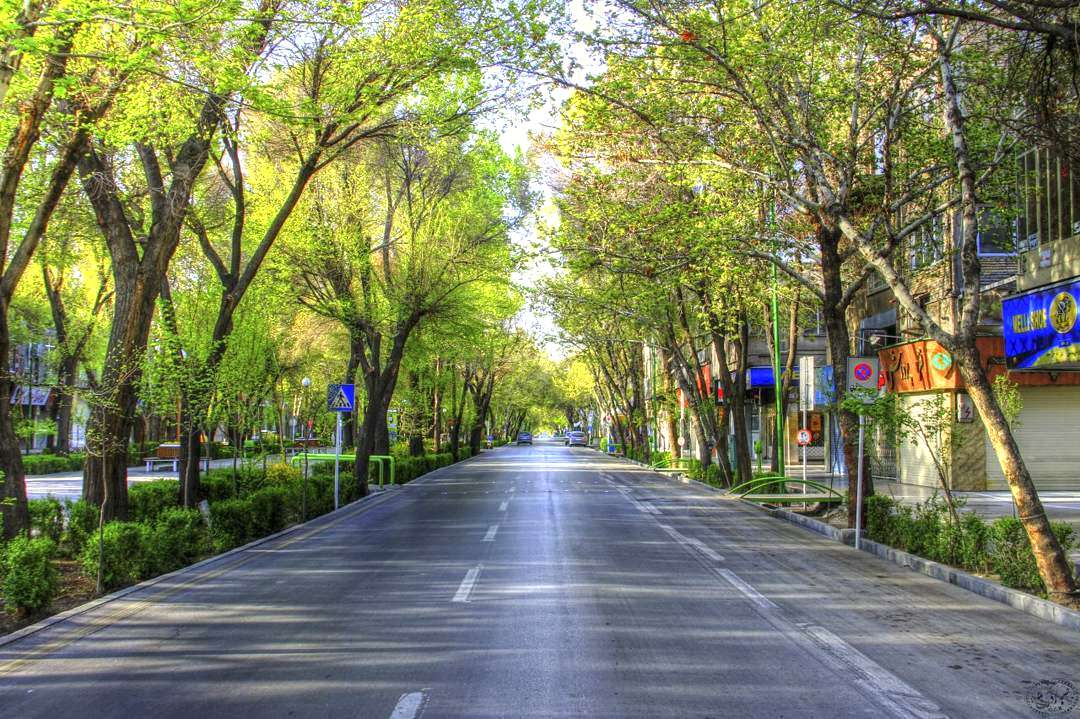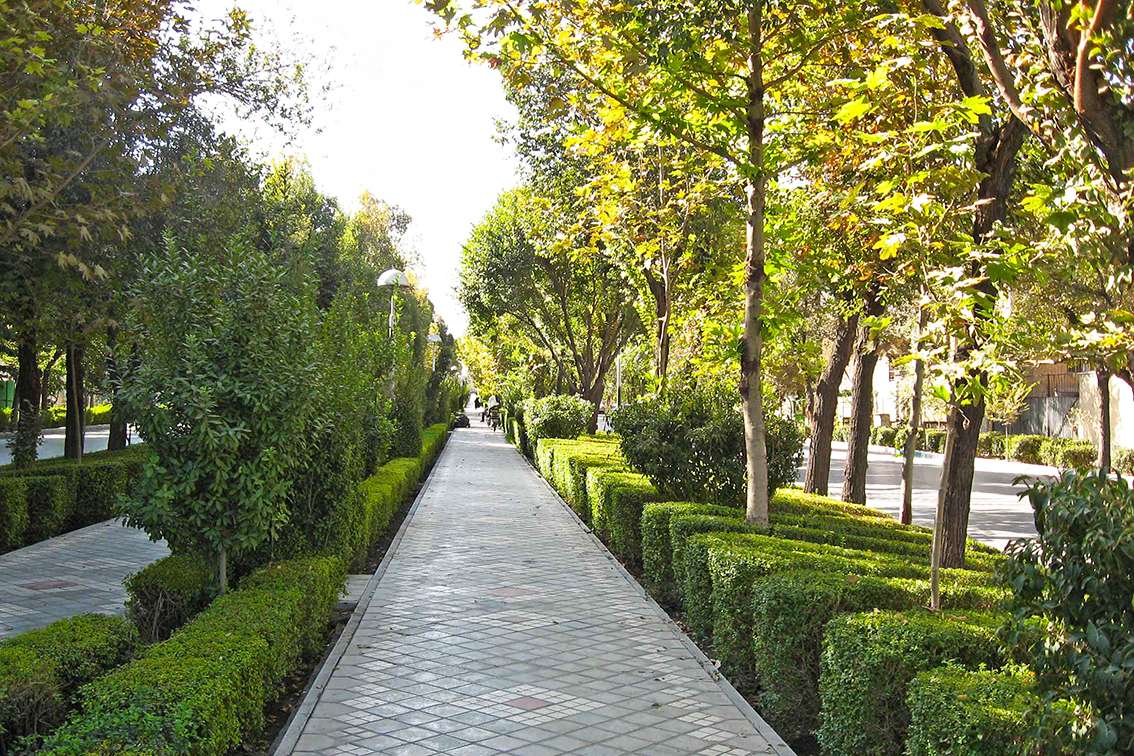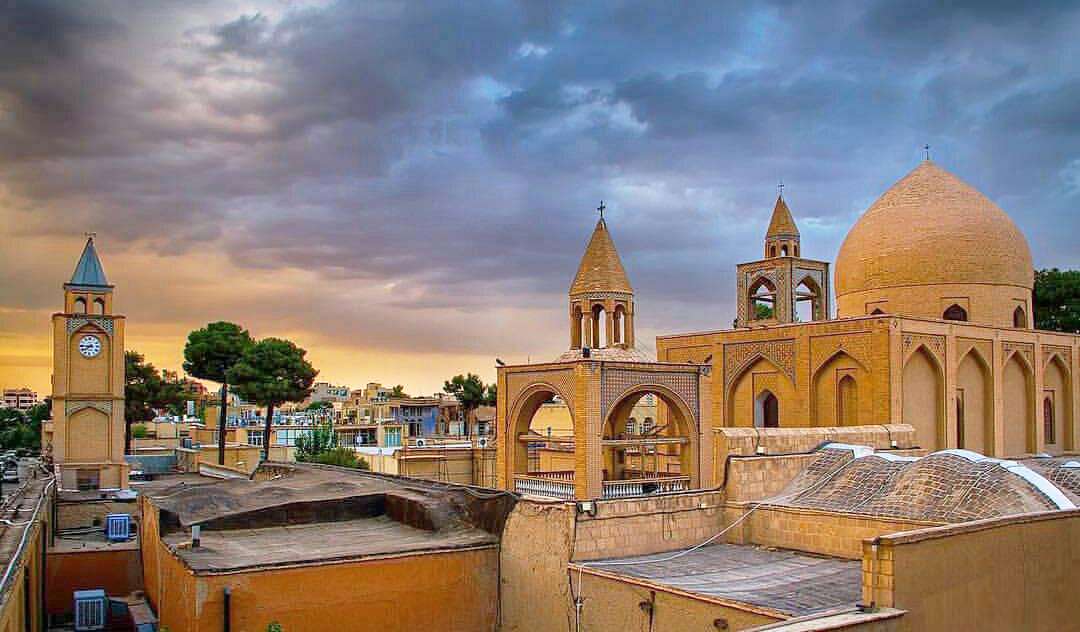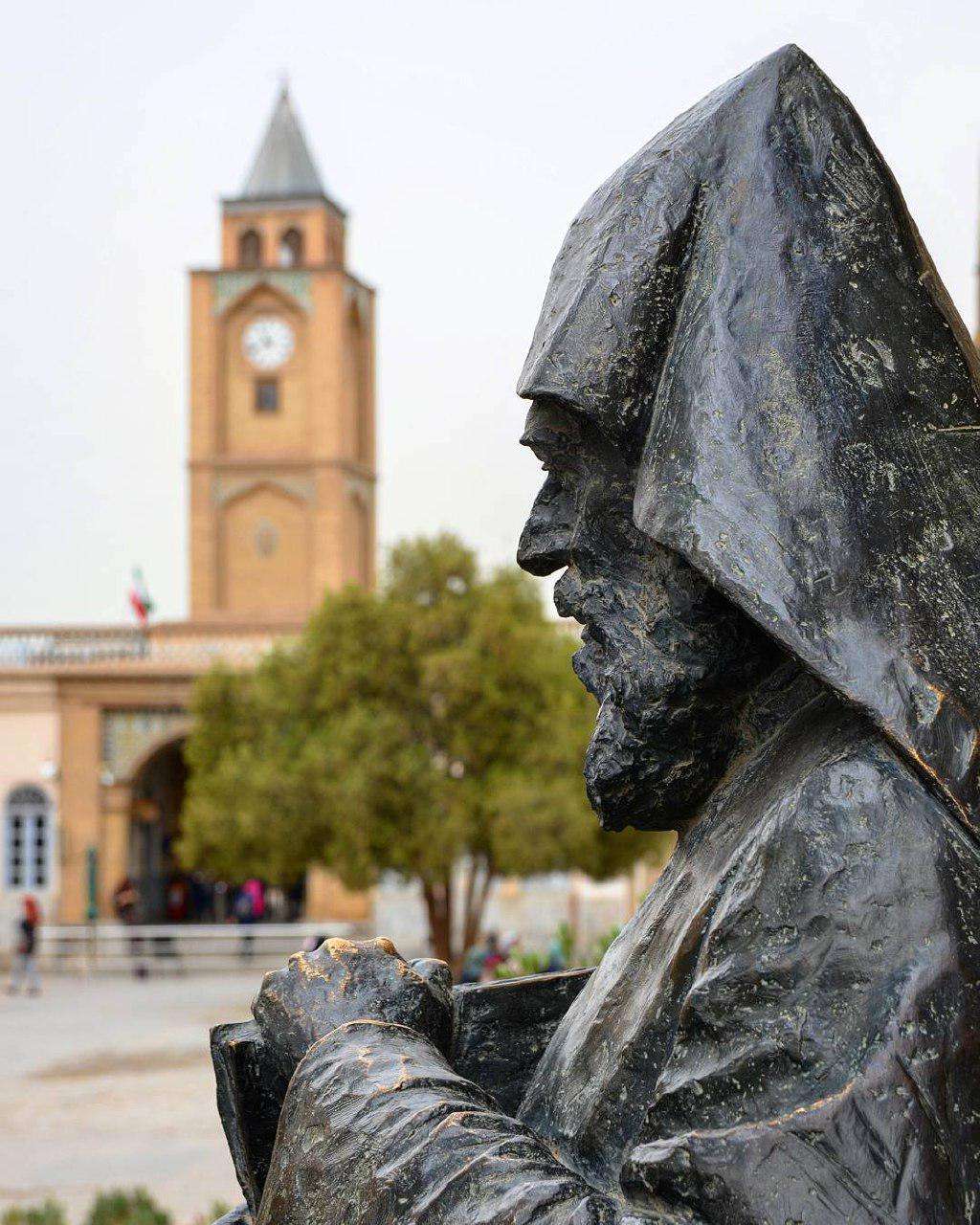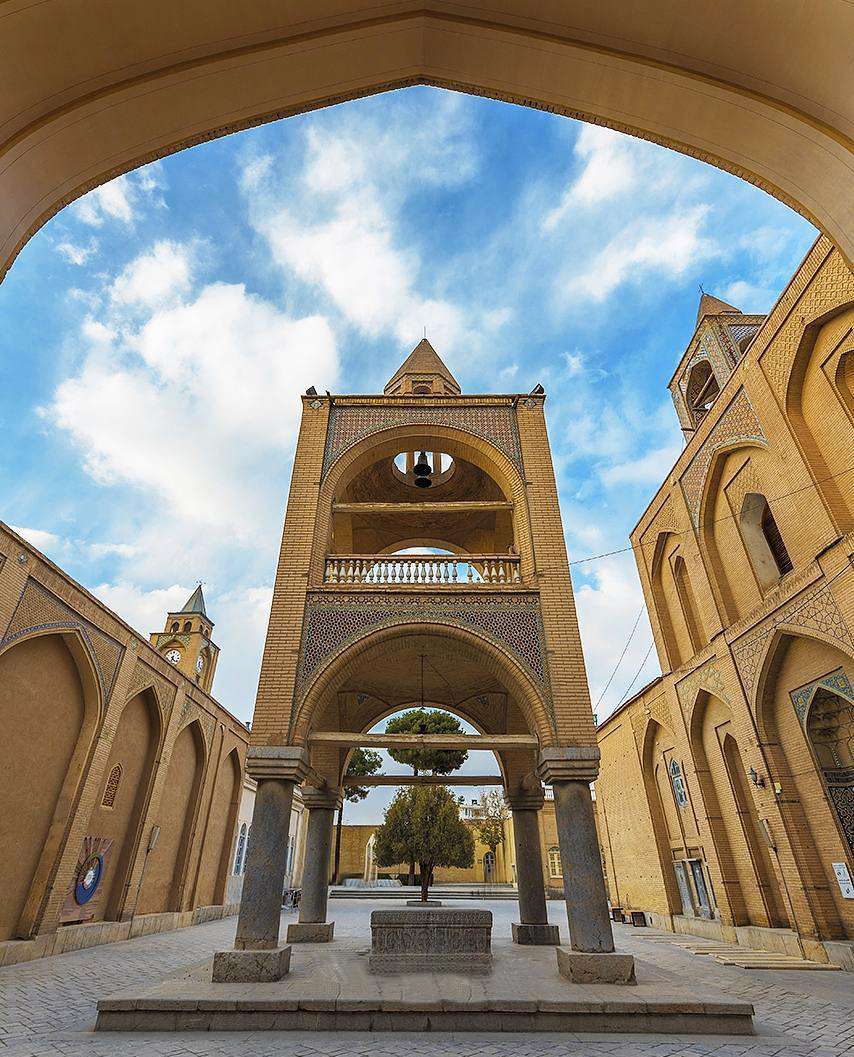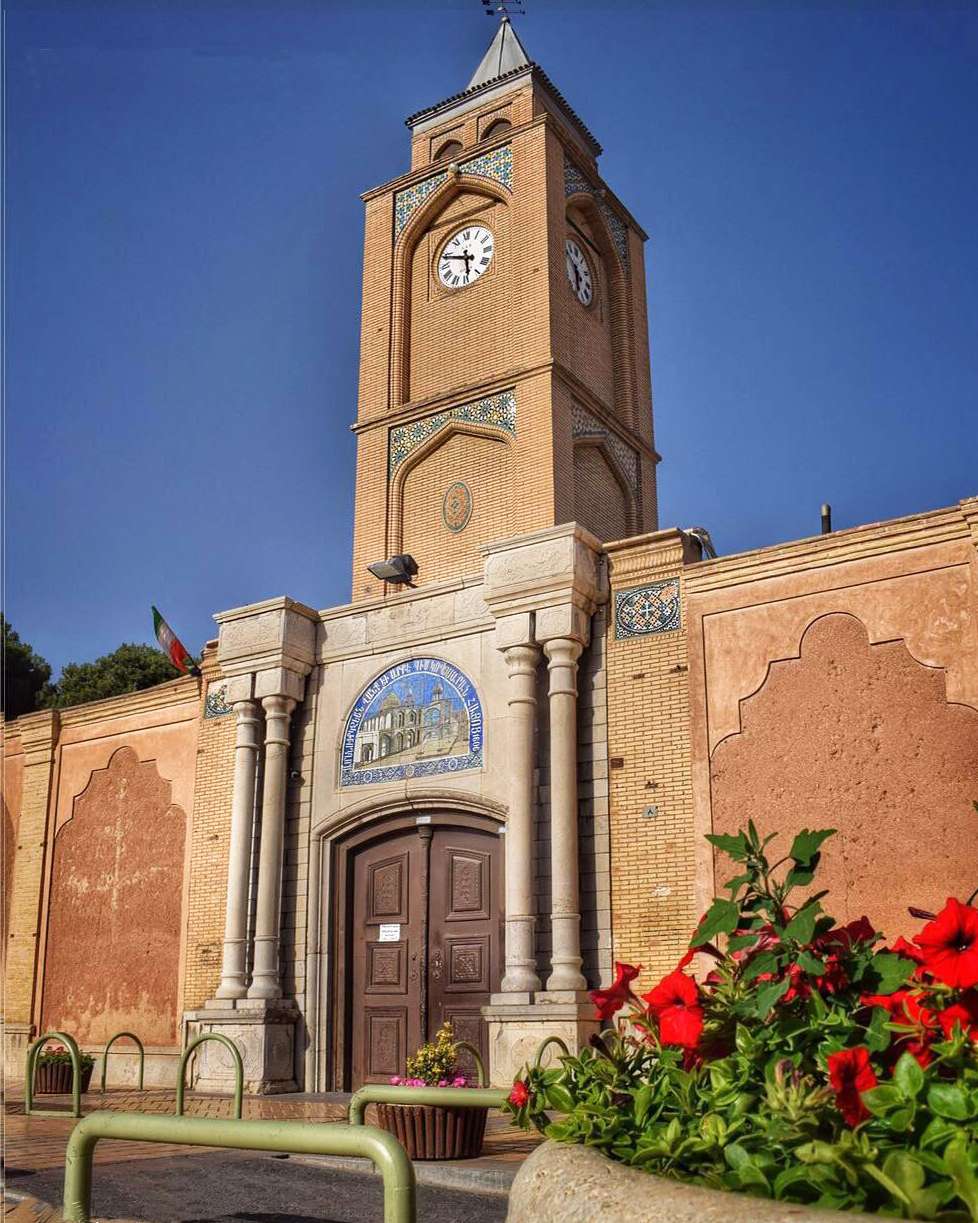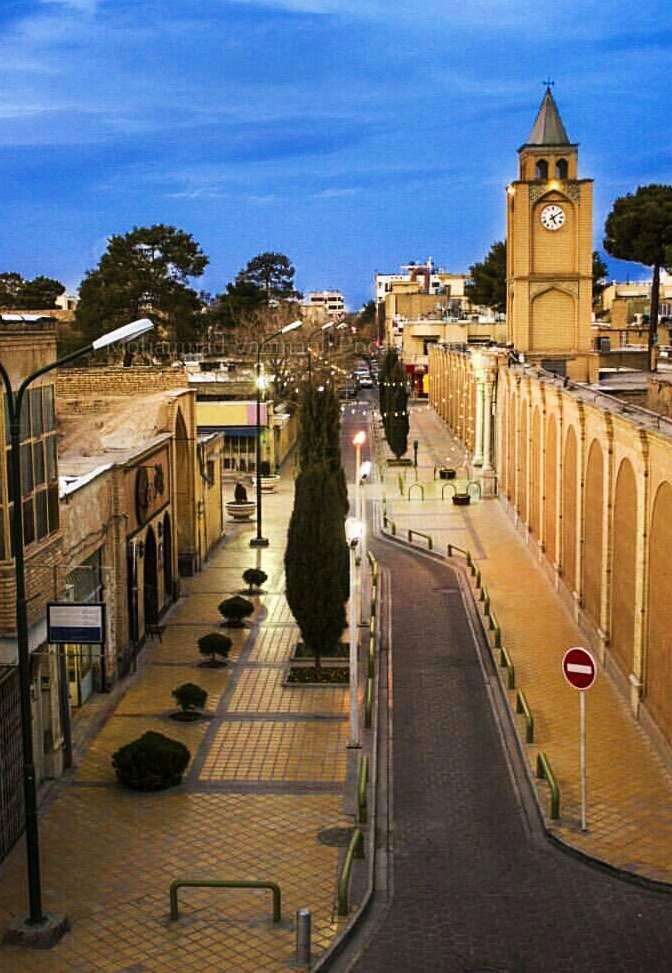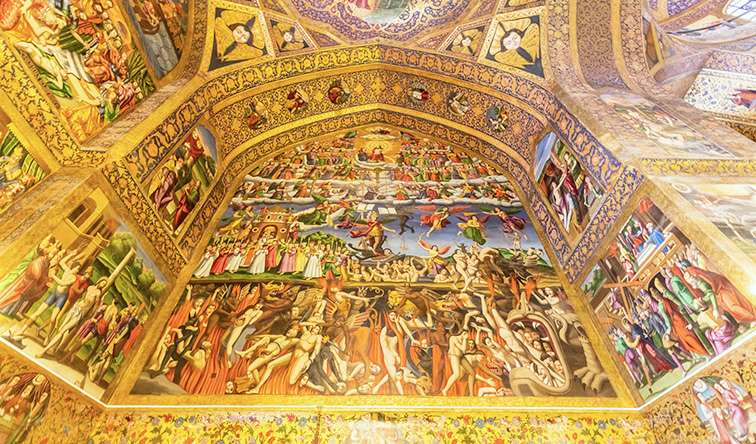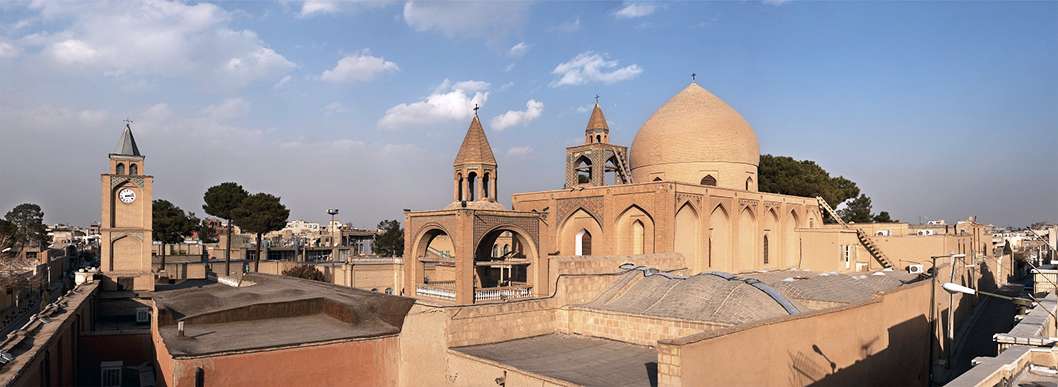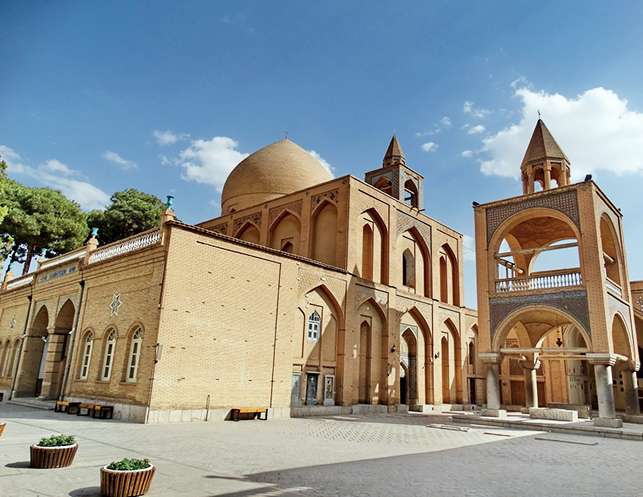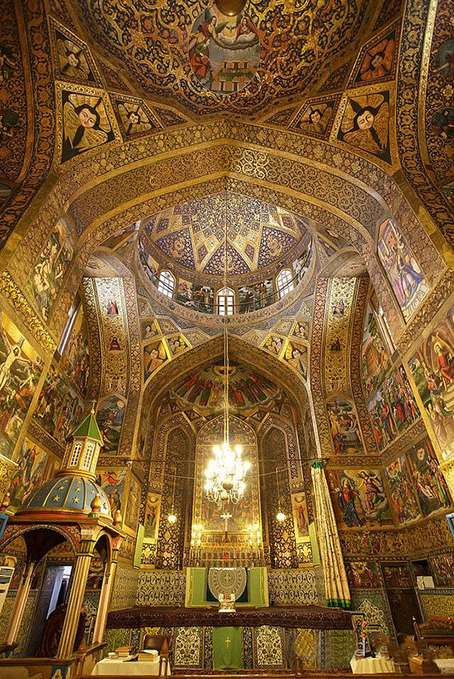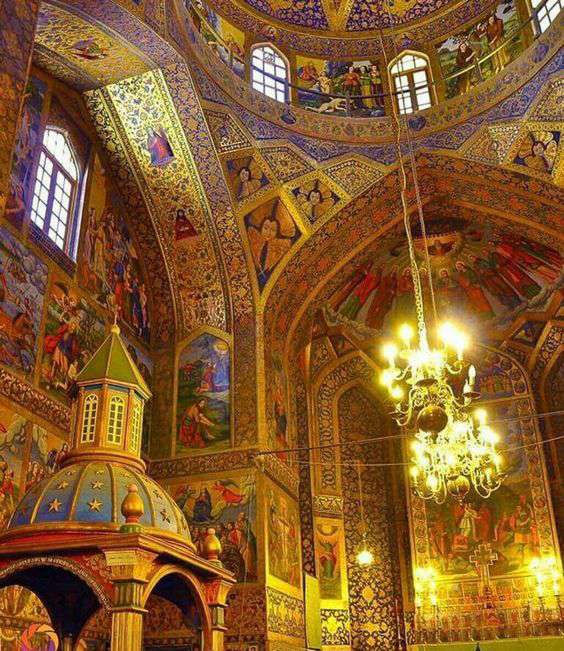A Day Tour in Top Tourist Attractions of Isfahan
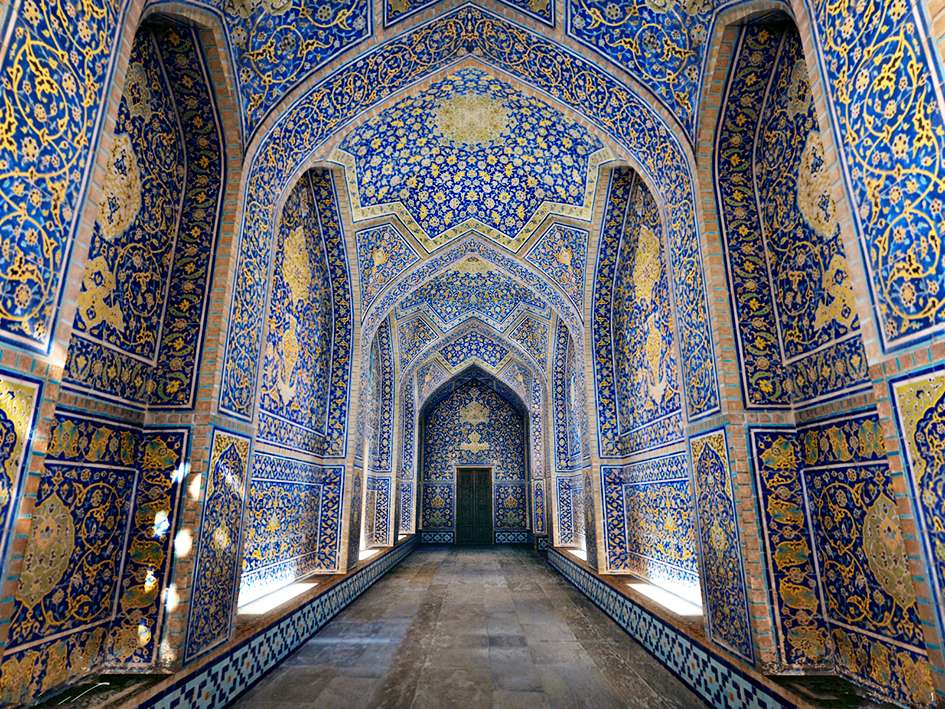
- ThemeArchitecture/ UNESCO Heritage/ Religious and Epic/ Eastern Bazaar/ Handicraft
- CodeIRRS62
- Duration10 hr(s) and 30 min(s)
- Best TimeSPRING
Visiting the splendid Safavid architectural heritages in a one-day route:
- The Unesco-recognized square built in the 17th century at the order of Shah Abbas the Great;
- The royal mosque of Shah Abbas on the southern side of Naqsh-e Jahan Square boasting artful tile works;
- Sheikh Lotf-Allah mosque on the eastern wing of the square. It is among the most prominent mosques in terms of architecture and tile decorations;
- The 16th-century six-storied Palace of Shah Abbas I in the western side of Naqsh-e Jahan;
- Exploring the Armenian Cathedral in Jolfa neighborhood;
- Visiting the Safavid Cathedral built about 360 years ago;
- The beautiful painted portal of the grand bazaar on the north side of Naqsh-e Jahan square;
- The roofed atmospheric Qeysarieh Bazaar with
- Handicraft shops;
- the Unesco heritage site named Chehel-Sotun Palace dating back to 370 years ago;
- The 400-year-old boulevard which is one of the first urban developments of Safavids in Isfahan.
- Armenian Cathedral in Jolfa quarter, graced with alluring interior decorations.
Photos of the A Day Tour in Top Tourist Attractions of Isfahan
Explore The Route
A Day Tour in Top Tourist Attractions of Isfahan In the Safavid Era
The prosperity of Isfahan in the 17th century, the largest and most populated city of the Safavid era, is reflected in the prominent monuments and icons standing at each and every corner of the city. Founded by Shah Ismail I in the early 16th century, Safavid dynasty opened a new chapter in the history of Iran. By establishing the Twelver Shi’ism as the official religion of the state, the Safavids managed to unify a considerable number of ethnic groups and take control of the country. Originally centered in Ardabil, Safavids declared different cities as their capital during their relatively long rule (1501-1736). In chronological order, the capitals were Tabriz (1501), Qazvin (1548) and finally Isfahan (1598).
Actually, Shah Abbas the Great ordered the transference of the capital to Isfahan because the city was geographically, climatically, politically and strategically more suited to the aims of his kingdom. However, before the actual transference, a construction campaign was announced in Isfahan and many new monuments and sites were added to the city between the years 1590-1598. Some of these new additions are: Maydan-e Naqsh-e Jahan, Chahar Baq, Sheikh lotf Allah Mosque, Abbasi Congregational Mosque, Ali Qapu Palace, Qeisarieh Bazaar, Si-O-Se Pol and many others.
Art and Architecture
The blending of Persian and Islamic arts is represented in Safavid art. The enthusiasm of Safavid kings for art, especially Shah Abbas, promoted the Persian-Islamic art beyond the state boundaries, especially to Ottoman and India. Accordingly, carpet weaving, calligraphy, tile working, painting, and architecture came to perfection during the Safavid era. However, among these very different types of art, architecture and painting gained the upper-hand as the most important achievements of the Safavids. Many relics from that period confirm the importance of art in the Safavid dynasty. Naqsh-E-Jahan Square, the vibrant boulevard of Chahar-Bagh shaded by old soaring trees, the royal palace of Chehelsotun, Charbagh-Madrasah and its adjacent Honar bazaar, the luxurious Abbasi Hotel, unparalleled bridges of Khaju and Si-o-se-pol on Zayandeh Roud, and Jolfa quarter (the Armenian neighborhood) and its remarkable Vank Cathedral, are just some examples of Safavid architectural heritages in Isfahan displaying this intricate art.
Also, under the patronage of Shah Abbas I, Isfahan housed the last school of miniature in the 17th century. Furthermore, the striking tile and ceramic art of the Safavid period, characterized by Persian and Islamic motifs and patterns which were mostly printed on turquoise blue backgrounds, is reflected in many exquisite architectural decorations. A number of these pieces have remained in Isfahan and some of them are being kept in famous museums of the world. Some examples of the last case are the tiled panel with floral patterns in Philadelphia museum of Art and the painted tile panels in Metropolitan Museum.
Well-known Artists and Figures
Many famous artists and scholars in the Safavid era appeared to participate in the development of art and architecture of Isfahan. Doost Mohammed (painter and calligrapher), Sadeqi Beg (a well-known painter and creator of the “canon of Painting”), Ali Reza Abbasi and Mir Emad (calligraphers), and great philosophers like Sheykh Bahaie, Mir Damad, and Mulla Sadra are among the outstanding figures of that time.
Foreign Travelers to Isfahan
The reputation of Isfahan as a charming city during the Safavid reign attracted many travelers to this city. These travelers were of different walks of life, from traders and politicians to orientalists and missionaries. Chardin, a French jewel merchant who traveled to Isfahan in the 17th century, and wrote in detail about it, emphasized on the splendor and extent of the city which could rival London. Tenreiro, a Portuguese traveler, visited Isfahan in the 16th century, Thomas Herbert, a 17th-century English merchant, explored Isfahan and Kashan, and Adam Olearius, a German scholar, visited Isfahan in 1637 to explore the trade route with Iran. Olearius described the city as “the Metropolis of the whole kingdom of Persia”.
Highlights
Duration : 1 hr(s)
Point Type: STARTING
Naqsh-e-Jahan Square
Brewing ideas to move the capital of
Safavid dynasty from Qazvin to Isfahan, being geographically, climatically,
politically, and strategically more suited to the aims of the kingdom, Shah Abbas
the Great ordered the construction of new monuments and sites in Isfahan, from
1592 to 1598. One of the earliest constructions, symbolically representing the
Duration : 1 hr(s)
Point Type: STOP OVER
Duration : 1 hr(s)
Point Type: STOP OVER
Sheikh Lotfollah Mosque (Lotfollah Mosque)
Not aligned perpendicularly to the square's eastern wall, and put a little way back, you can find the entrance to Sheikh Lotfollah mosque. What captures your attention when you look at the entrance, is the lack of minarets and the asymmetry between the dome and the portal. Based on the inscription around the entrance portal, the mosque was completed in 1604. Before you enter, have a look at the exquisite door which is a 400-year monolith plane tree. When yo...
Duration : 1 hr(s)
Point Type: STOP OVER
The main administrative center of the Safavids, in...
Duration : 30 mins
Point Type: STOP OVER
Qeysarie Gate (Portal)
5 MIN(S) BY WALKING
Duration : 2 hr(s) 30 mins
Point Type: STOP OVER
Grand Bazaar of Isfahan (Qeysarieh Bazaar)
11 MIN(S) BY WALKING
Duration : 1 hr(s)
Point Type: STOP OVER
Persian garden reflects the rich knowledge of architecture, irrigation, and agriculture used by Iranians during long periods of history. It is omnipresent in Persian literature, music, and painting, preserving a special place in Iranians' unconscious. Persian gardens, generally rectangular in shape and enclosed within high walls contain symmetrical trees, water channels, and stone fountains. One of the most rema...
Duration : 1 hr(s)
Point Type: STOP OVER
Literally, Chahar bagh, or Charbagh means four-gardens and refers to two perpendicular paths that create four square gardens. Chaharbagh’s structure and design are notable examples of Persian gardens, encompassing green areas, pavilions and irrigation systems.
Chahar bagh street is a Safavid street constructed between 1597 and 1616, during the reign of Shah Abbas the great. Chahar bagh was the most famous boulevard in not only Isfahan, the capital city of the time, but also in all of Persia. Although this legendary promenade has ...
Duration : 1 hr(s) 30 mins
Point Type: ENDING
Jolfa quarter
Visiting Jolfa quarter never ceases to inspire. During the reign of Shah Abbas the first, a new phase of the war began between the Safavids and the Ottoman Empire. In 1601, the Safavid army was forced to draw back, and to prevent the Ottoman army from crossing the southern part of Aras River, Shah Abbas ordered the evacuation of all the residential neighborhoods in the Ararat plateau and Nakhchivan region. As a result, an obligatory migration was organized and the Armenians were sent to different regions of Iran, including Gilan, Mazandara...
Important Information
Cost Info
- Naqsh-e Jahan Squarefree
- Jame Abbasi Mosque (Shah Mosque)3 €
- Sheikh Lotfollah Mosque (Lotfollah Mosque)4 €
- Ali-Qapu Palace4 €
- Qeysarie Gate (Portal)free
- Grand Bazaar of Isfahan (Qeysarieh Bazaar)free
- Chehel-Sotoun Palace4 €
- Chahar Bagh Boulevardfree
- Vank Cathedral3 €
- Destination
- Transportation Type
- Transportation Fee---
Additional Info
While visiting Naqsh-e Jahan Square, you can find a number of shops with various delicacies around the square. In Hafez Street, try fereni, a kind of tapioca pudding served with grape or date syrup. The other popular traditional snack of Isfahan you can try in Hafez Street, is doogh (yoghurt drink) and Goosh-e fil (a kind of sweet). An unusual combination of sweet and sour tastes which is worth a try!
In Jolfa quarter, you have many choices to hang out and sip a cup of coffee or herbal tea. Firouz Café is one of the popular ones.
